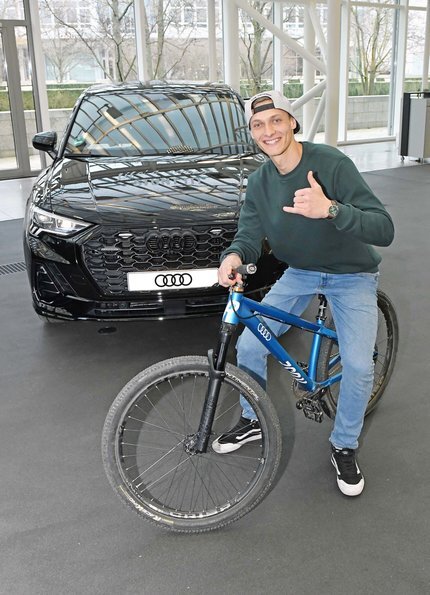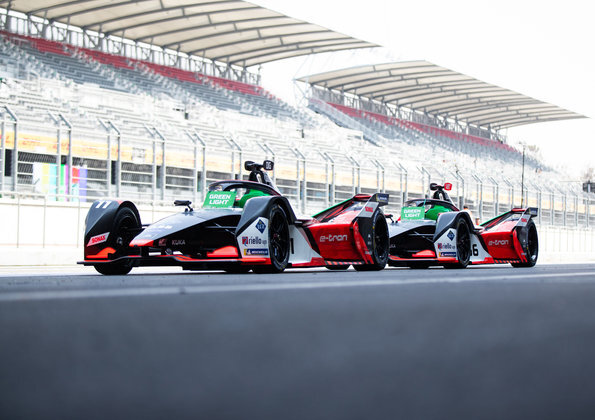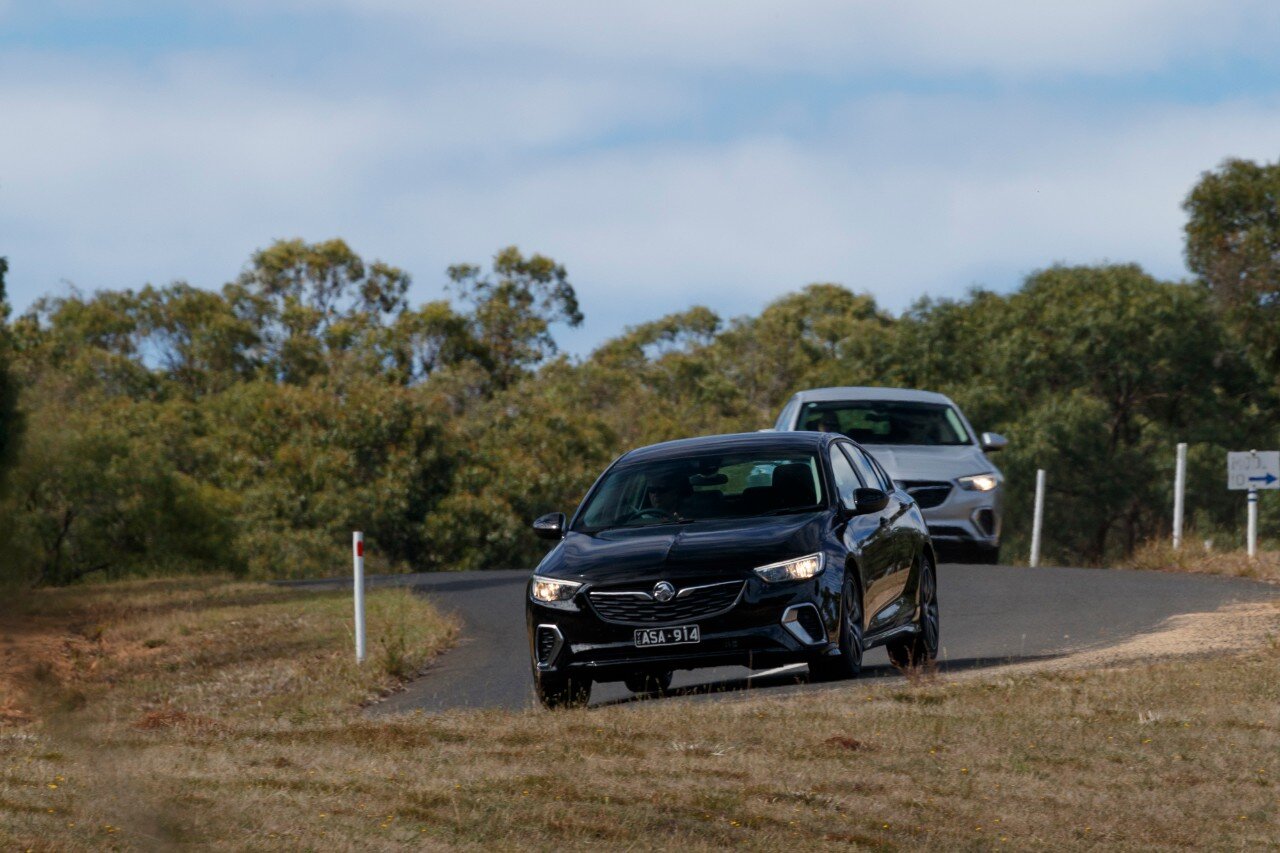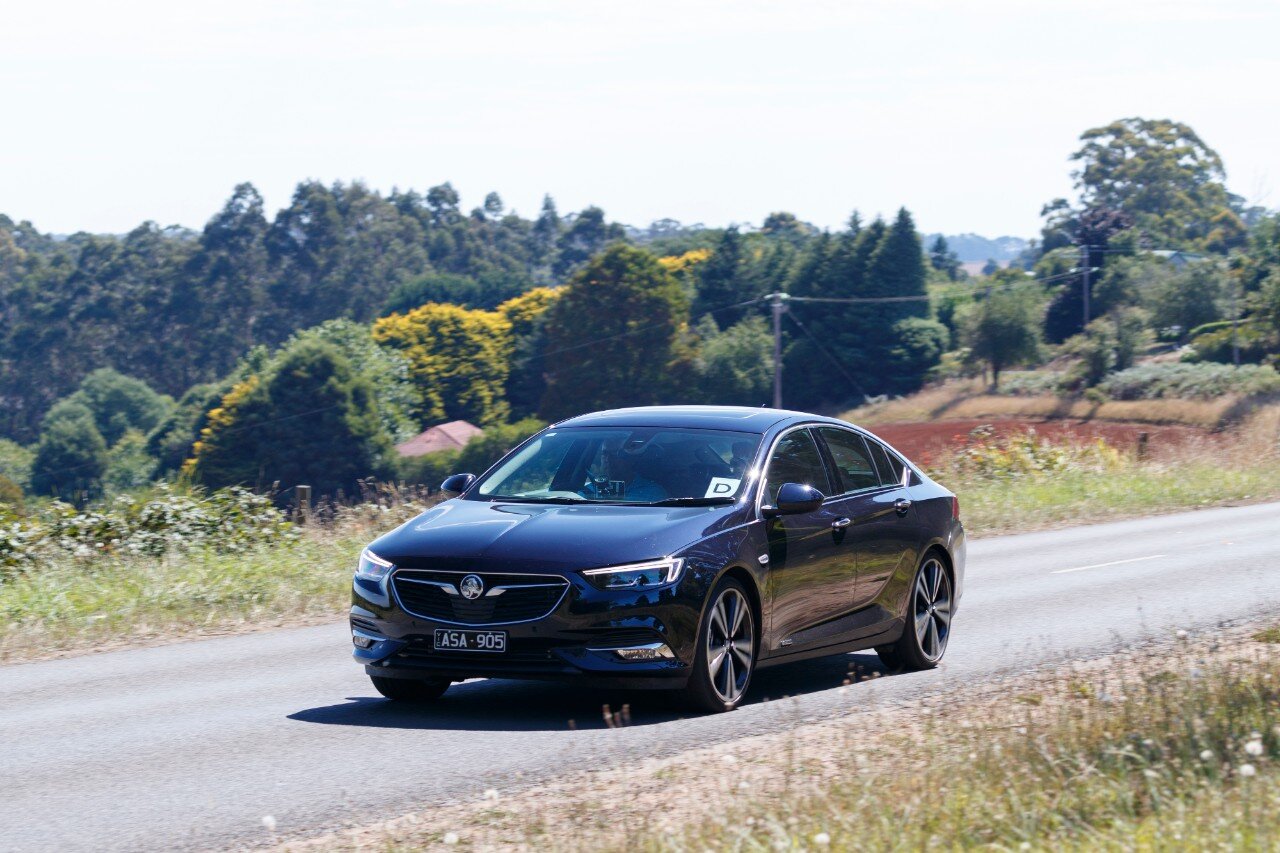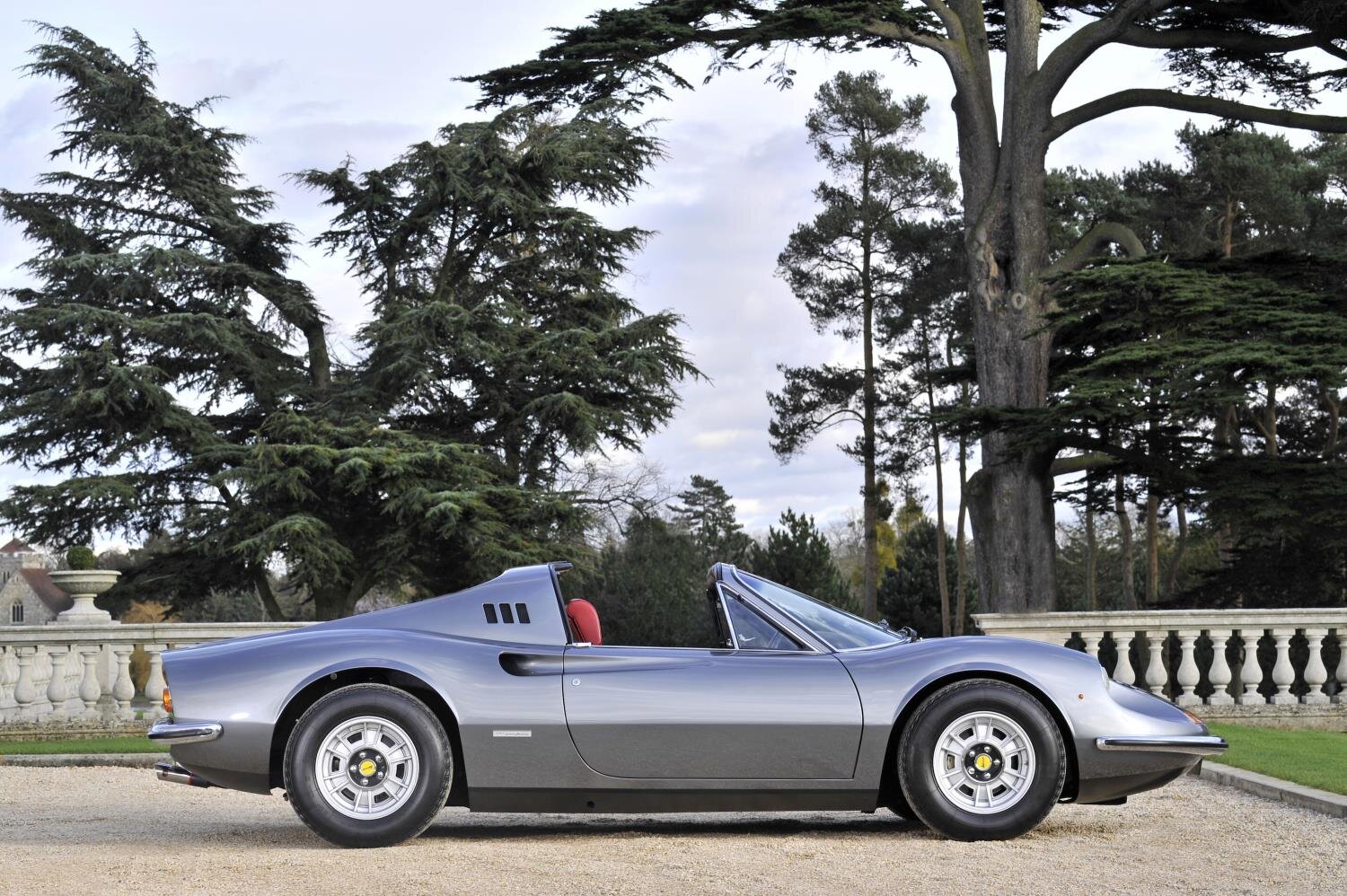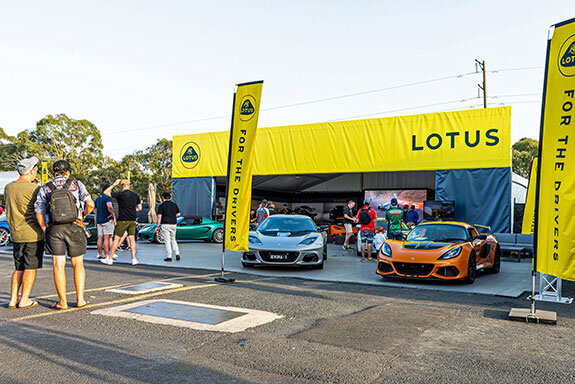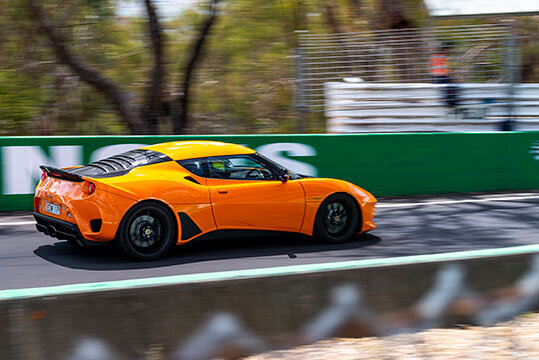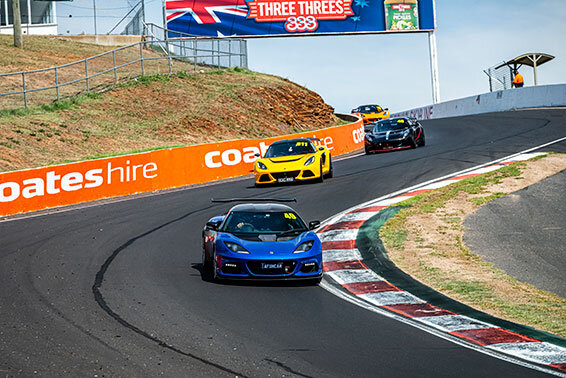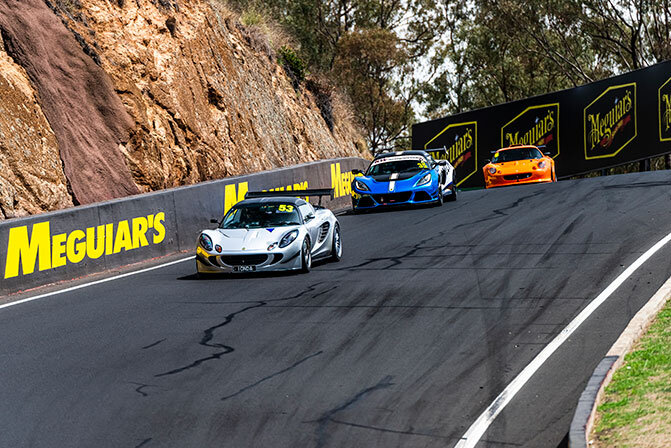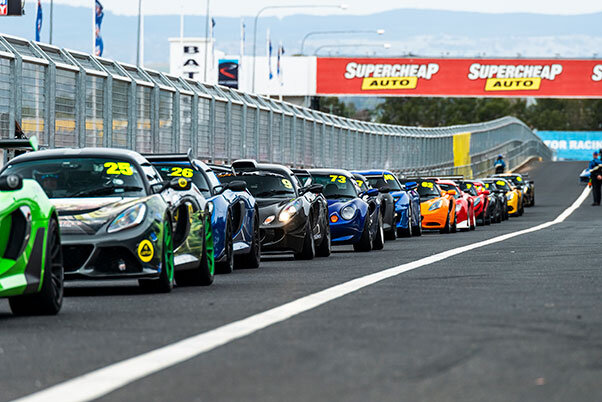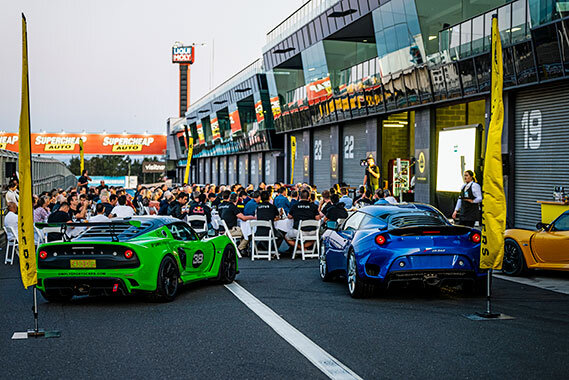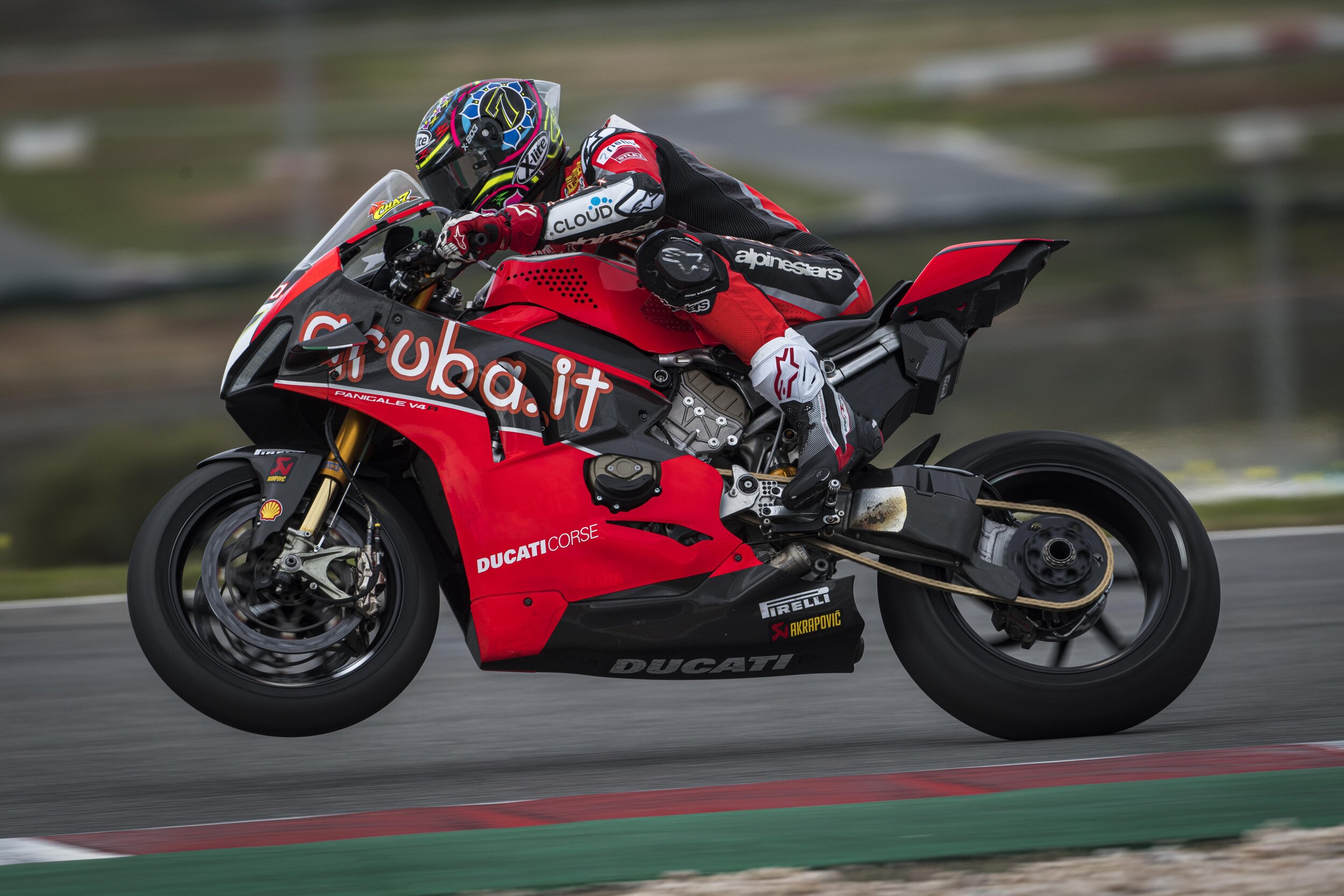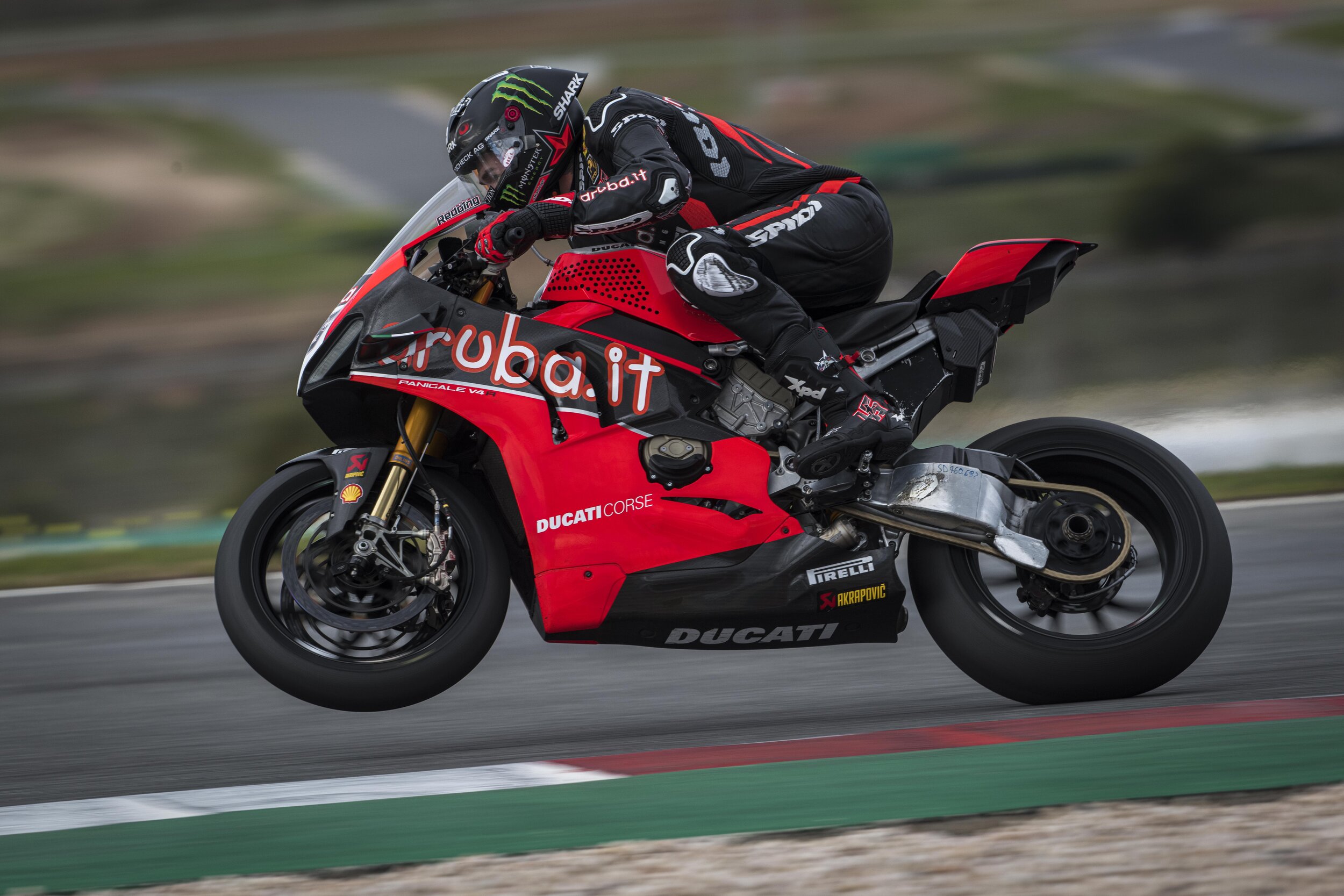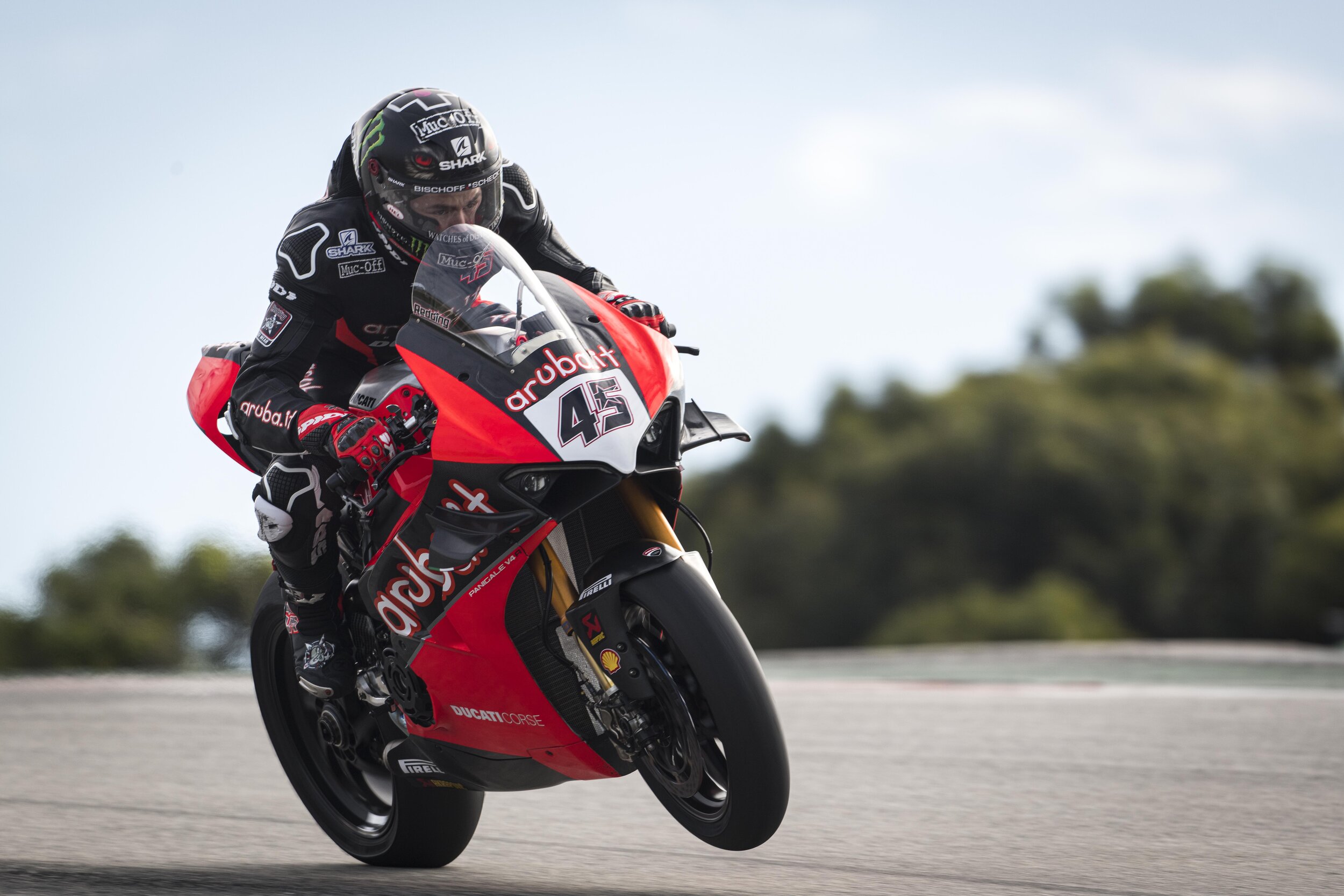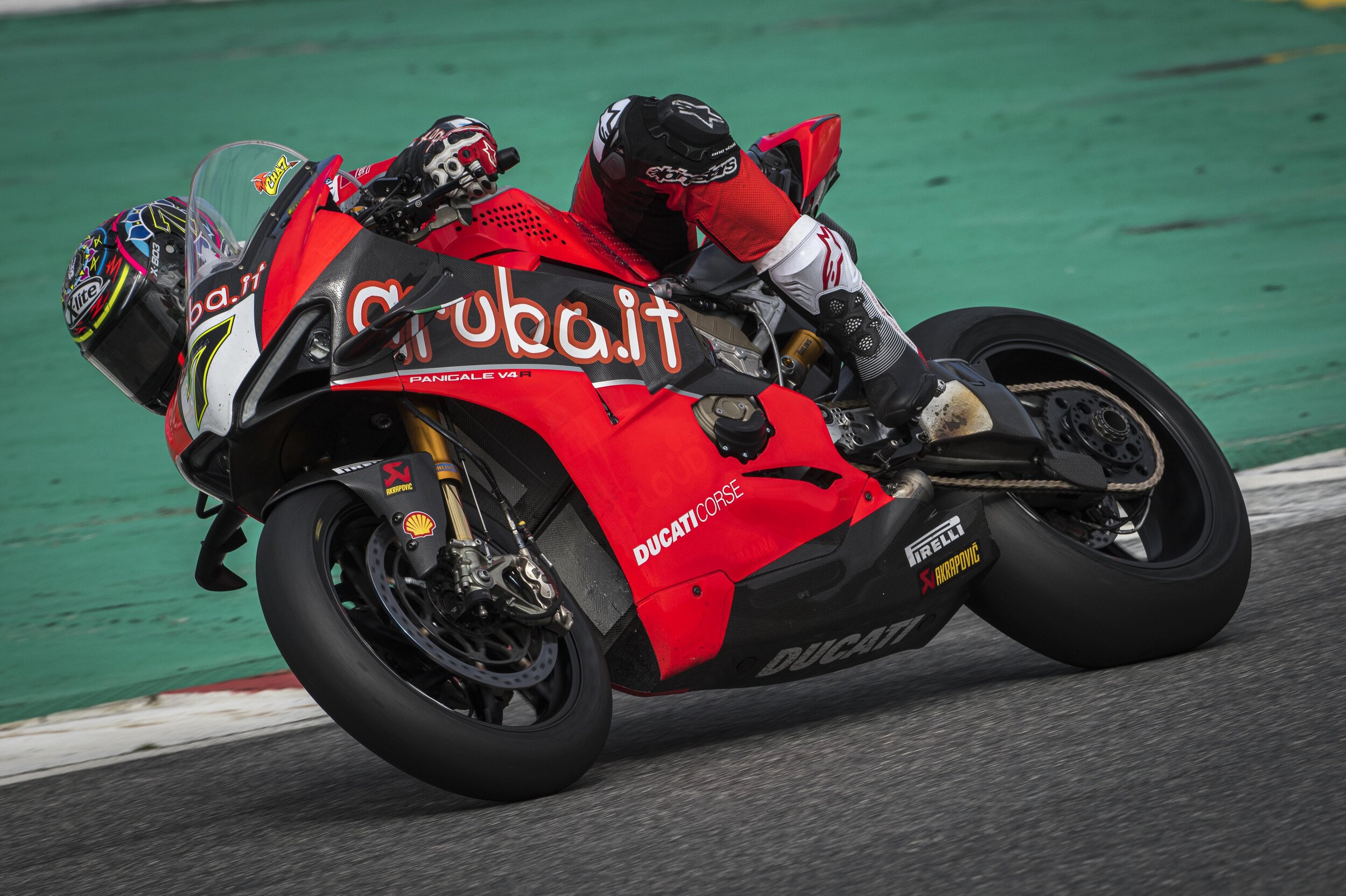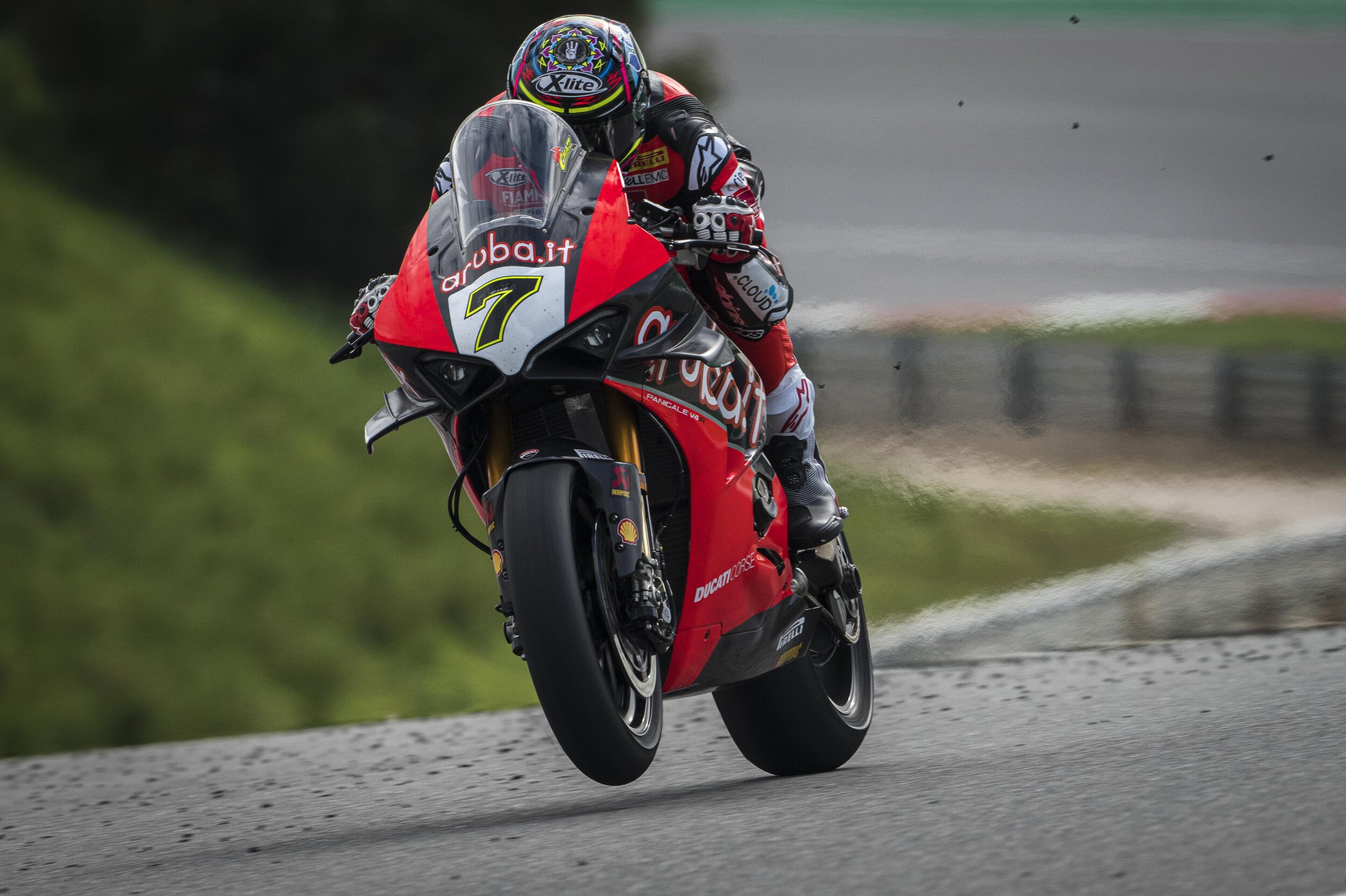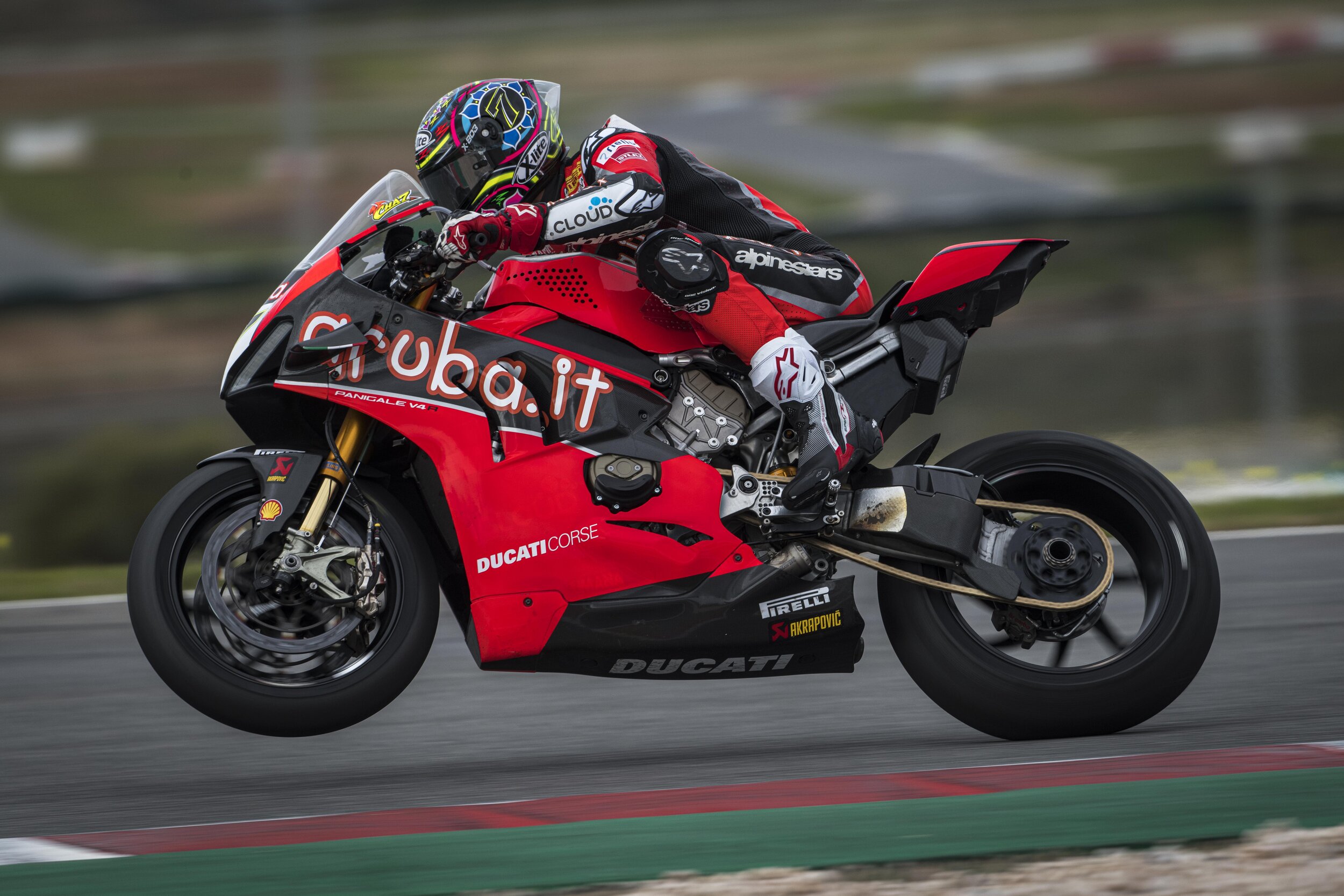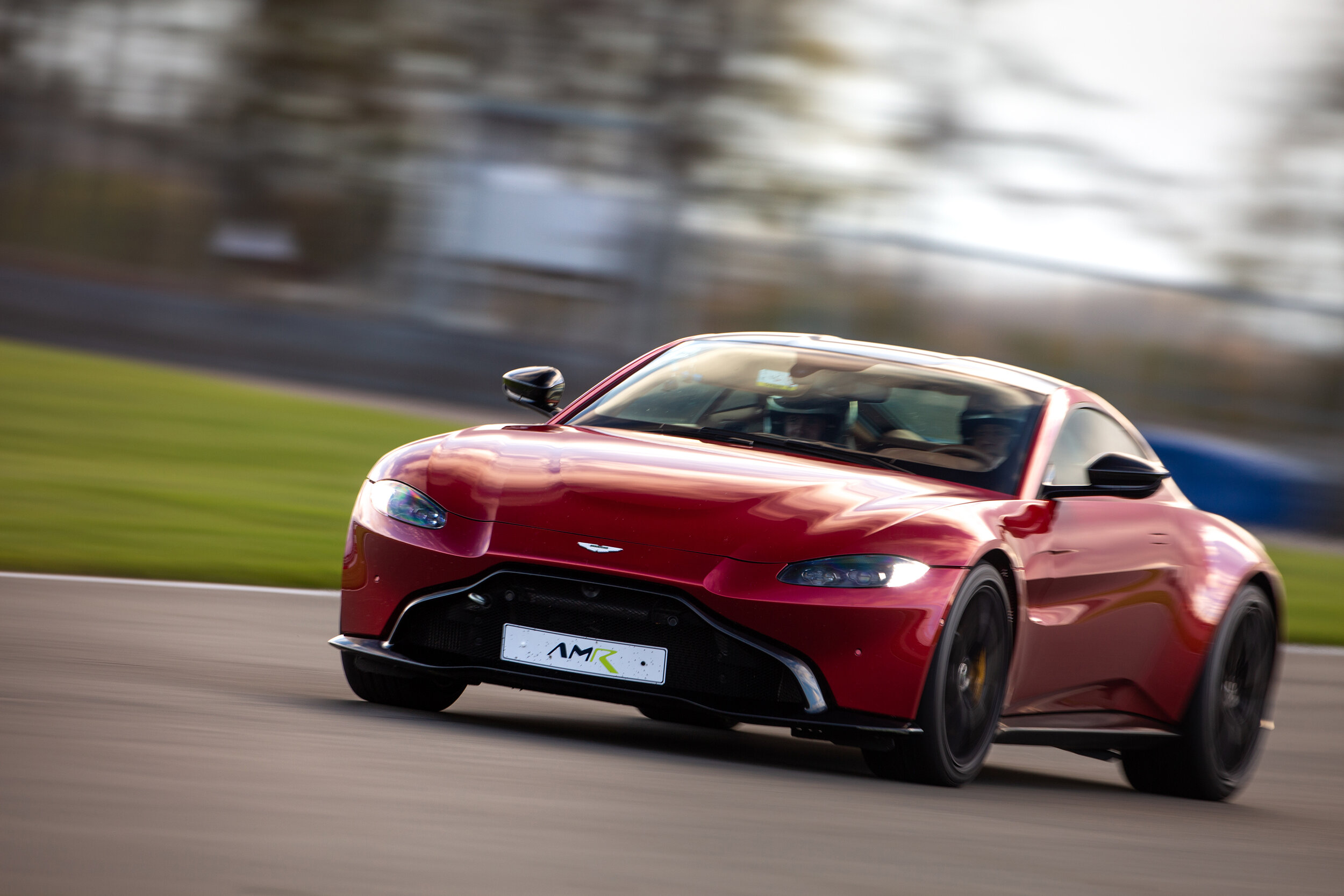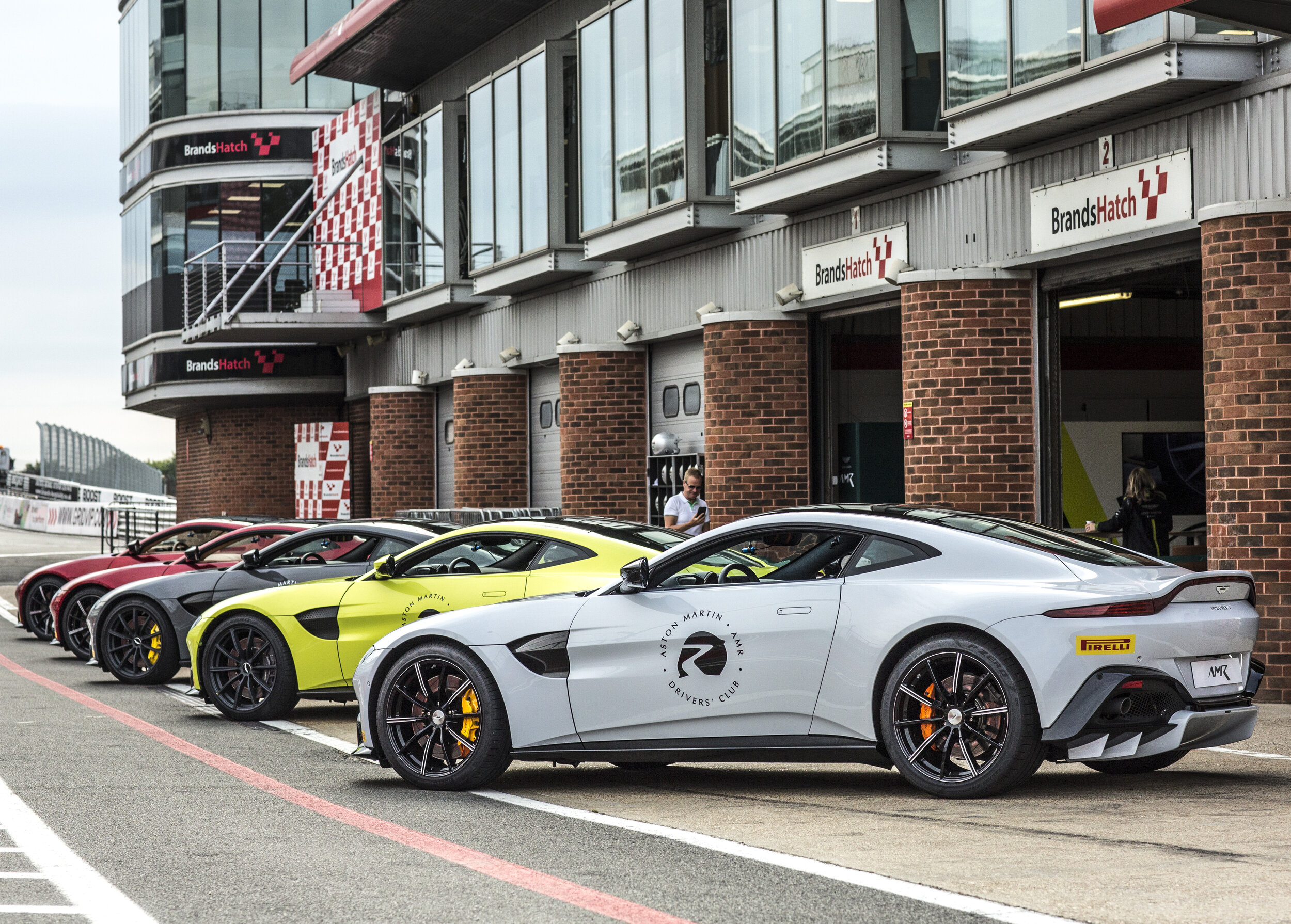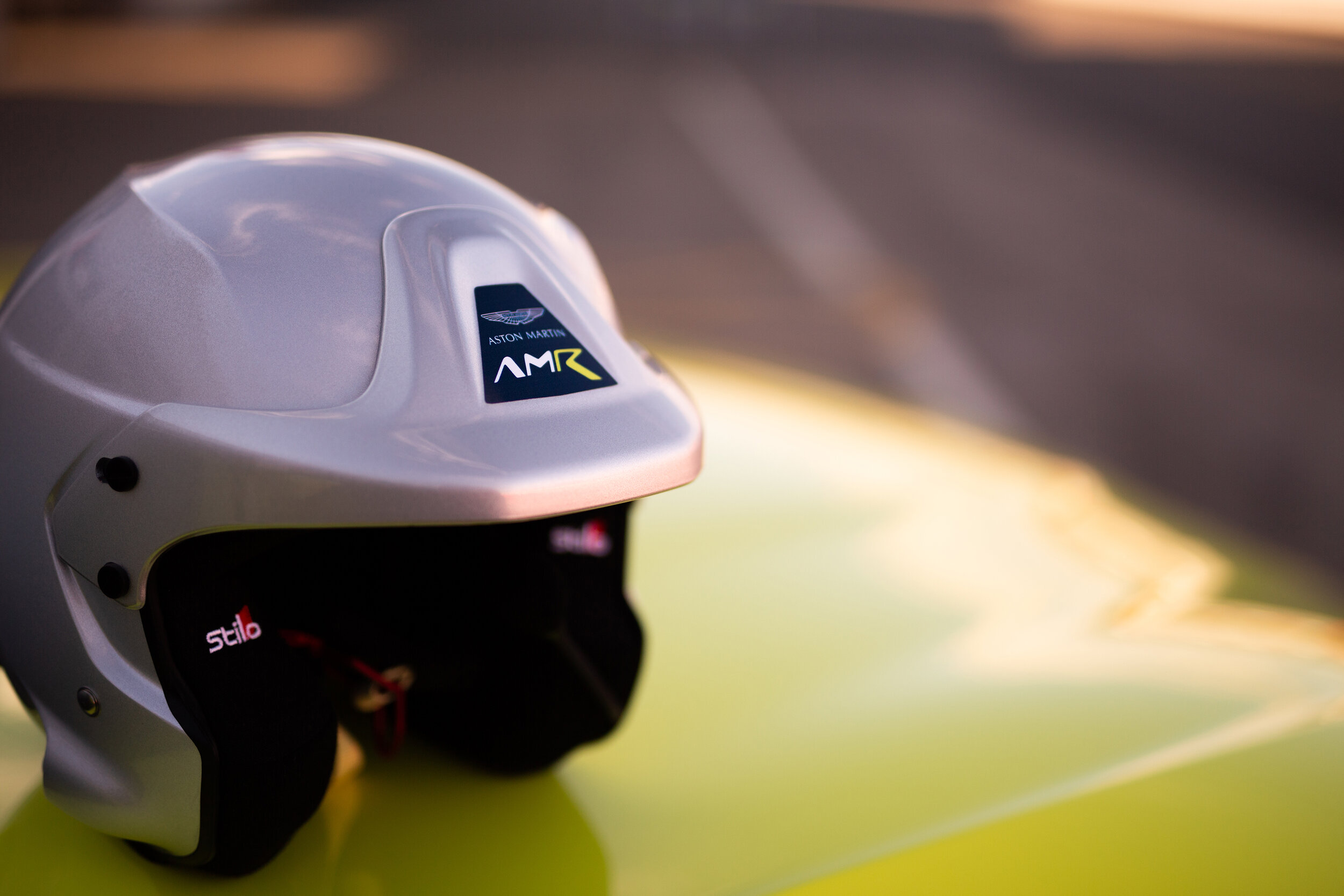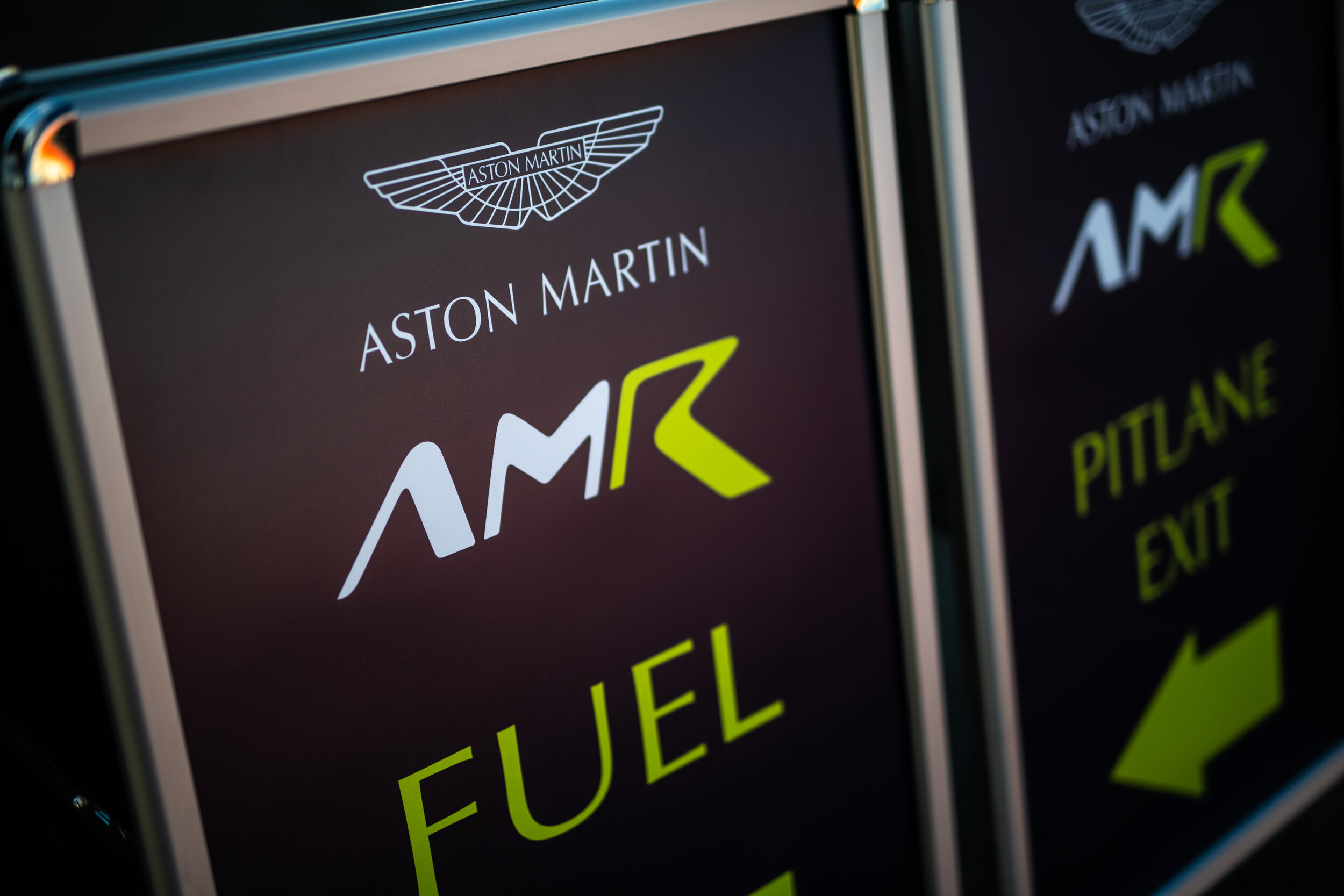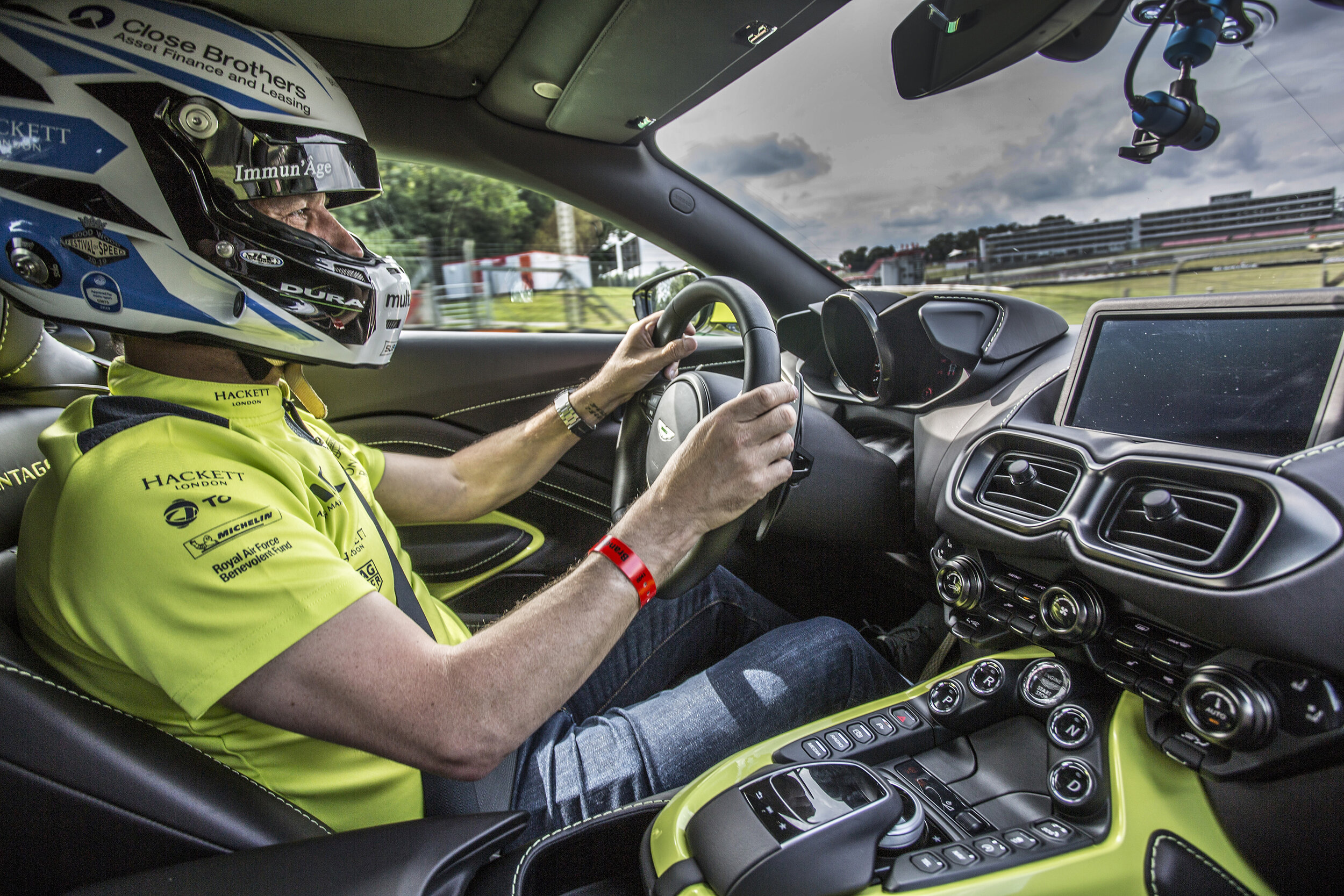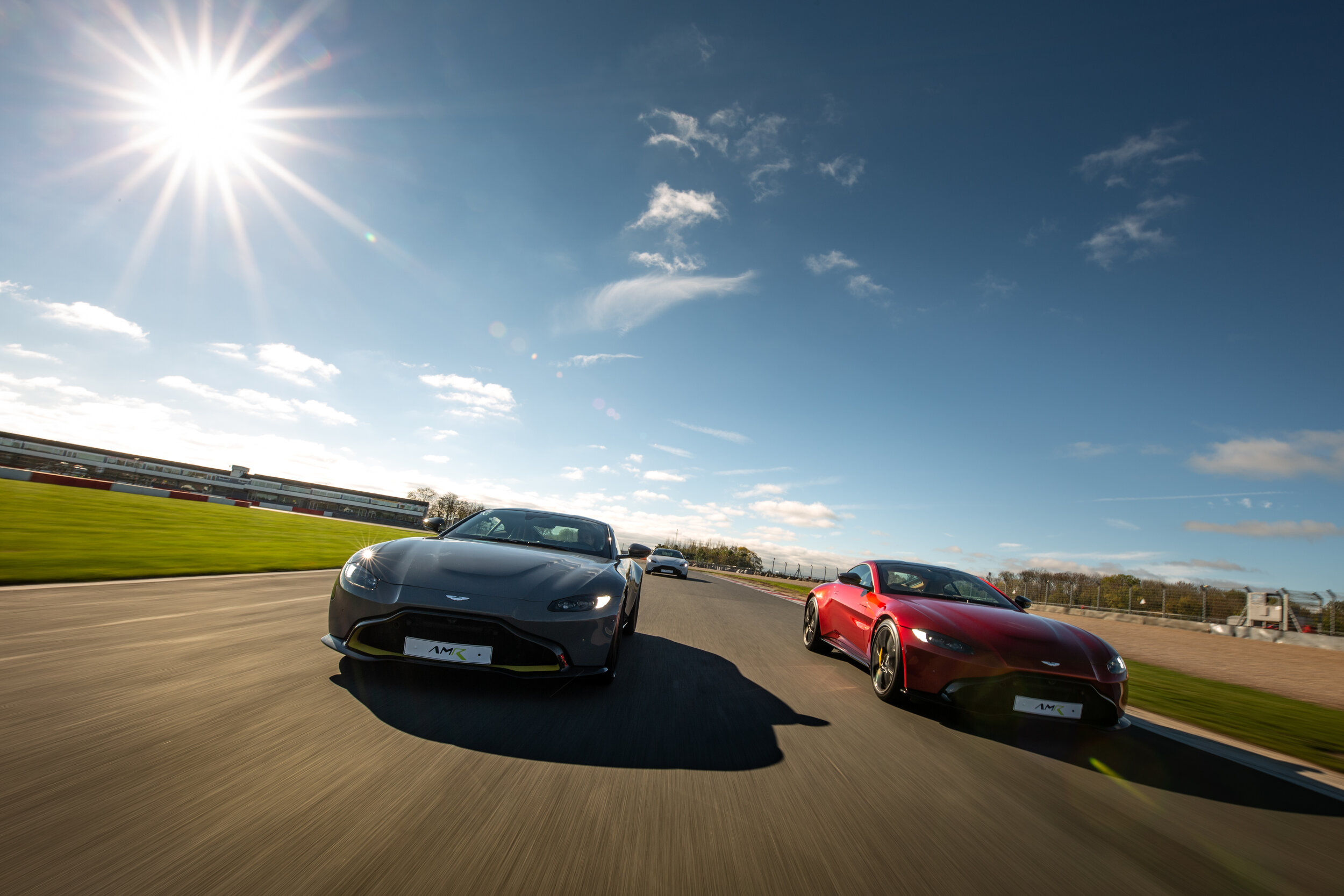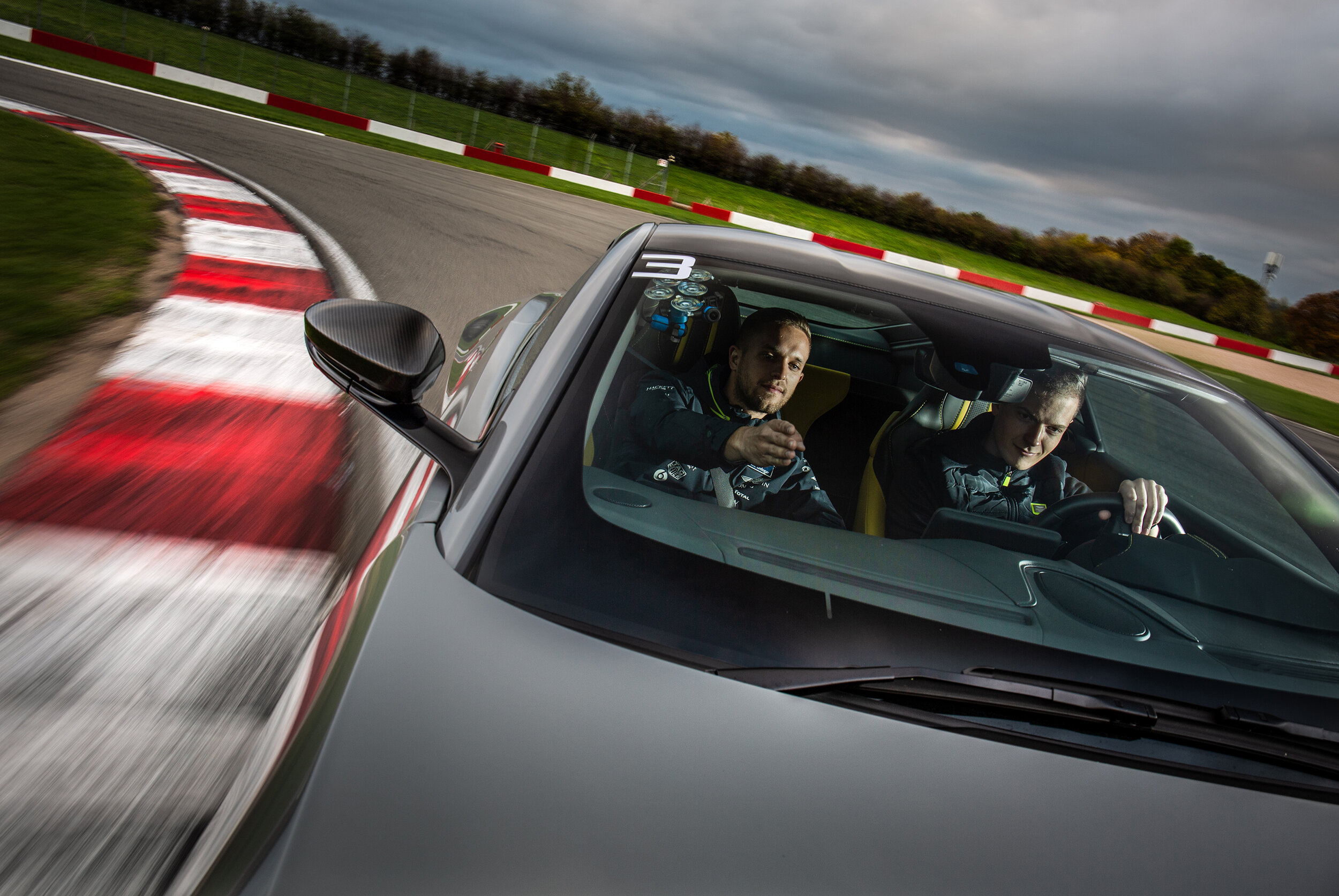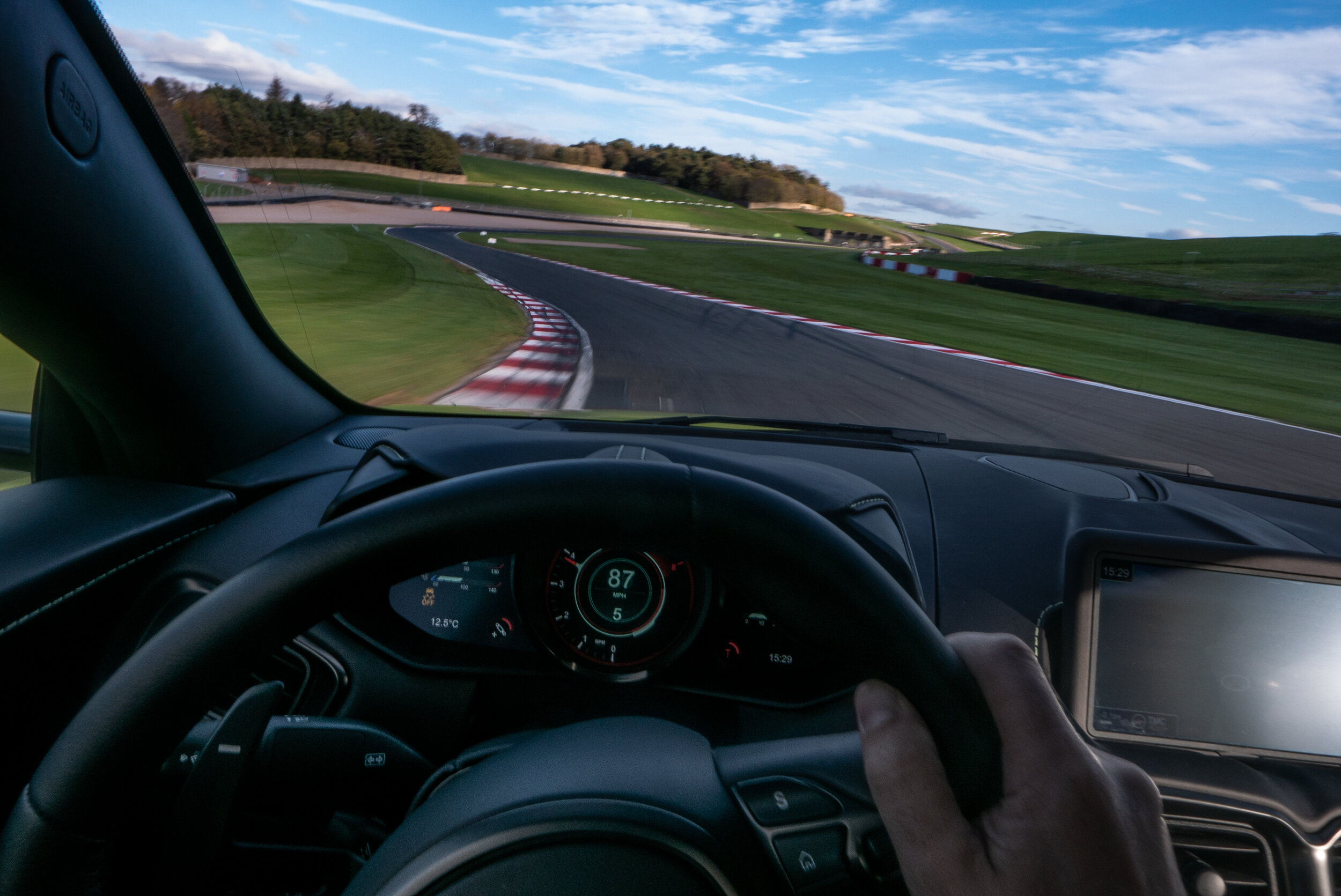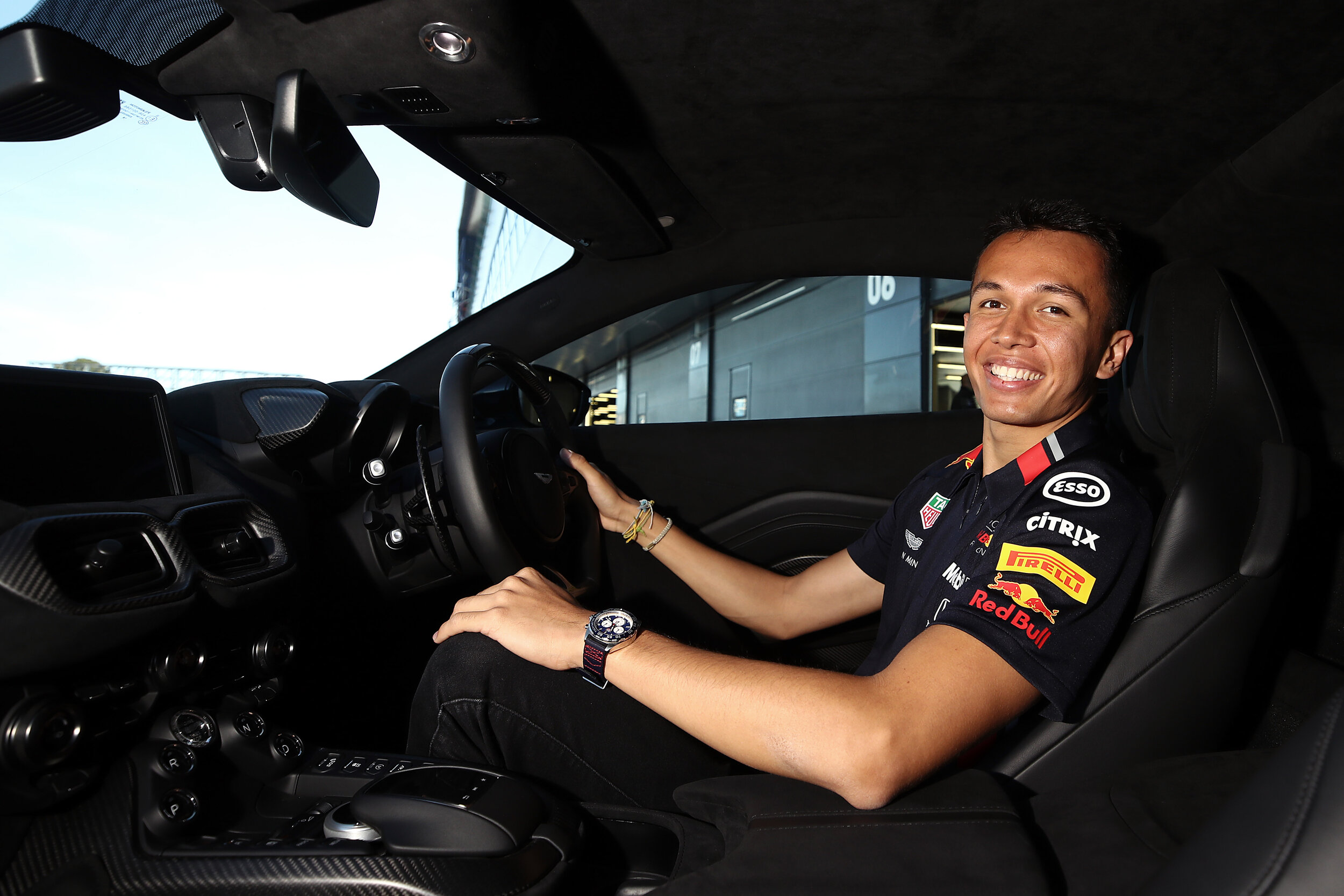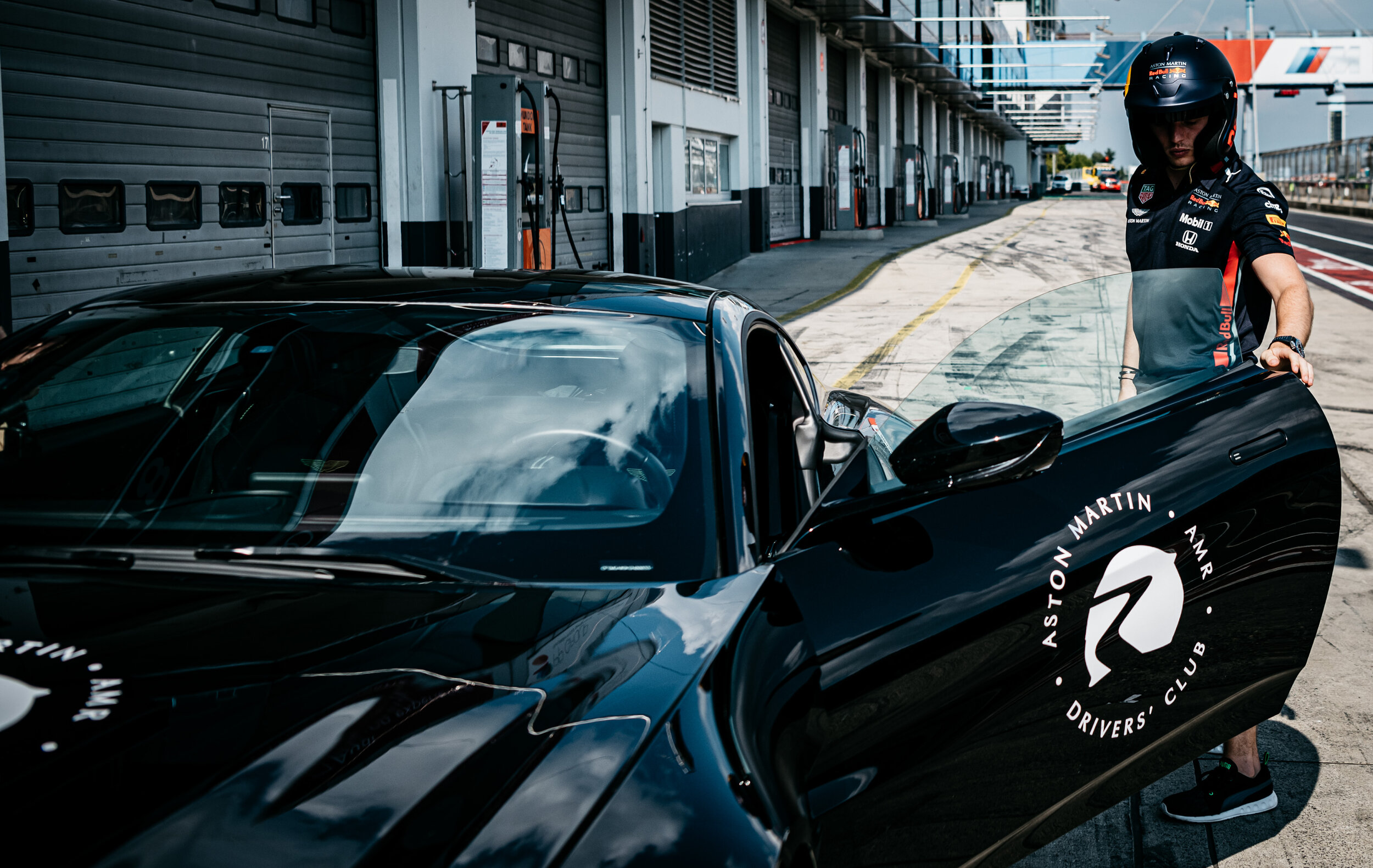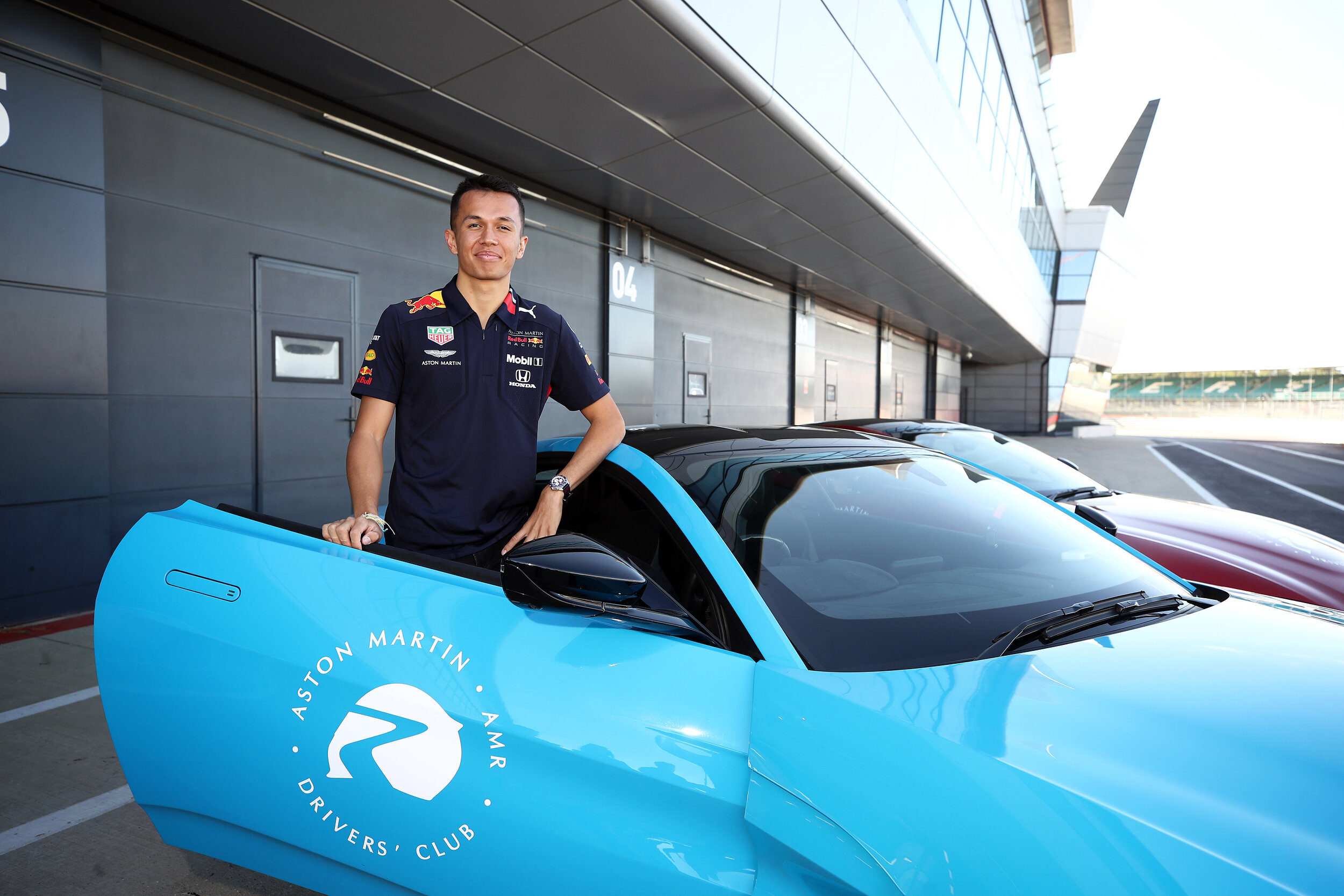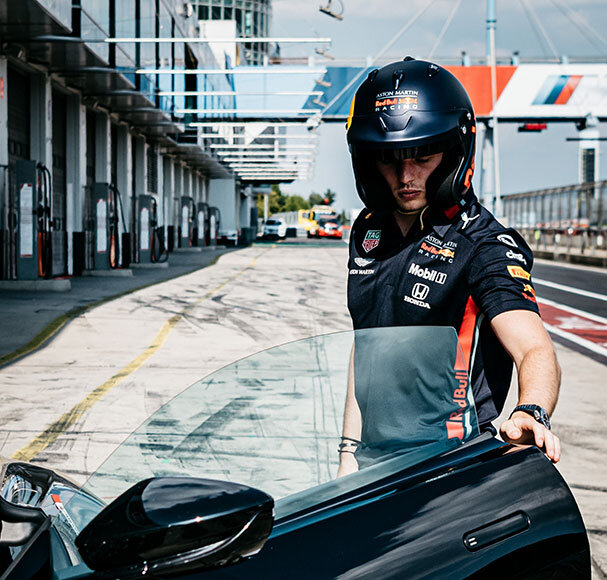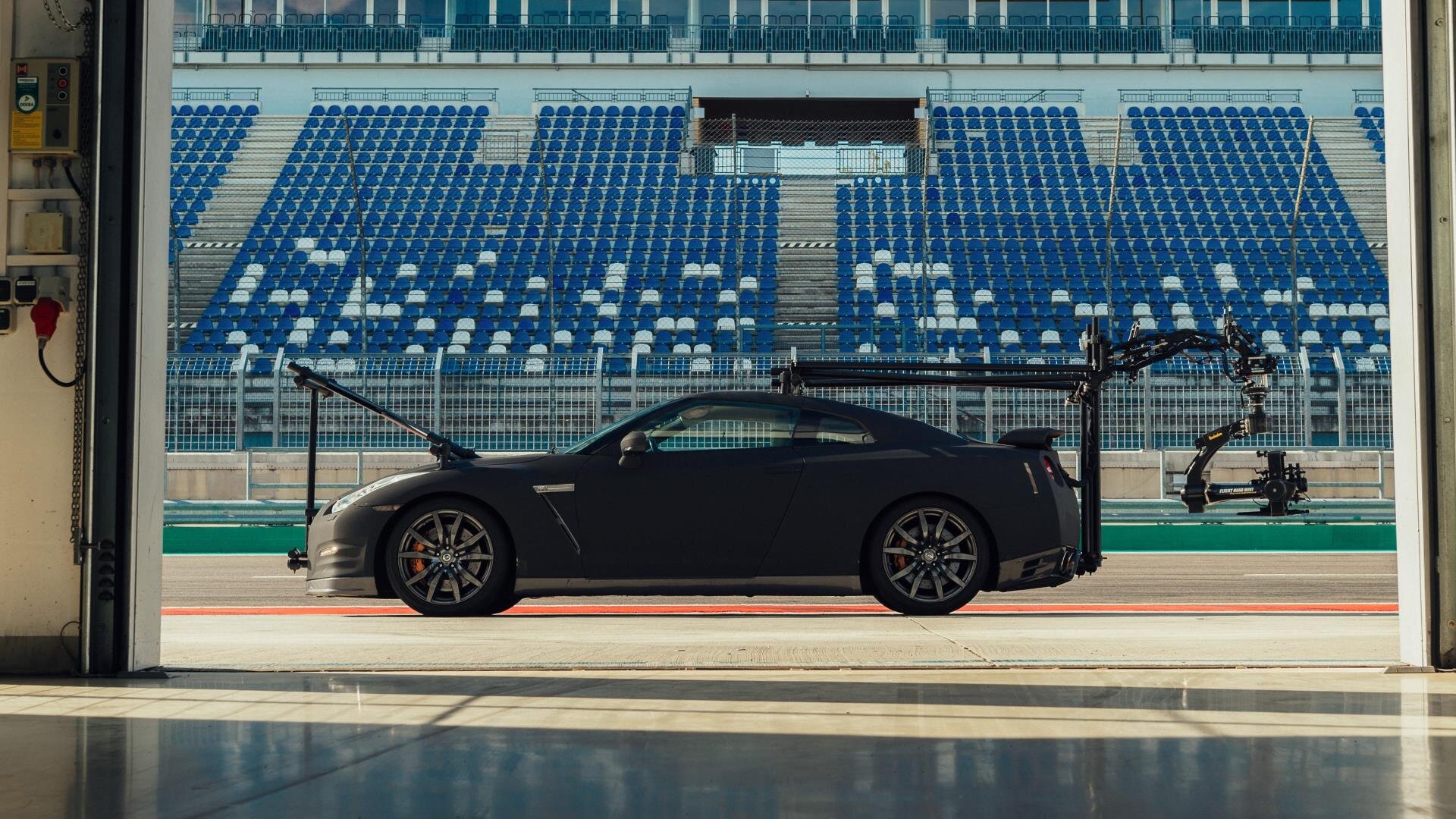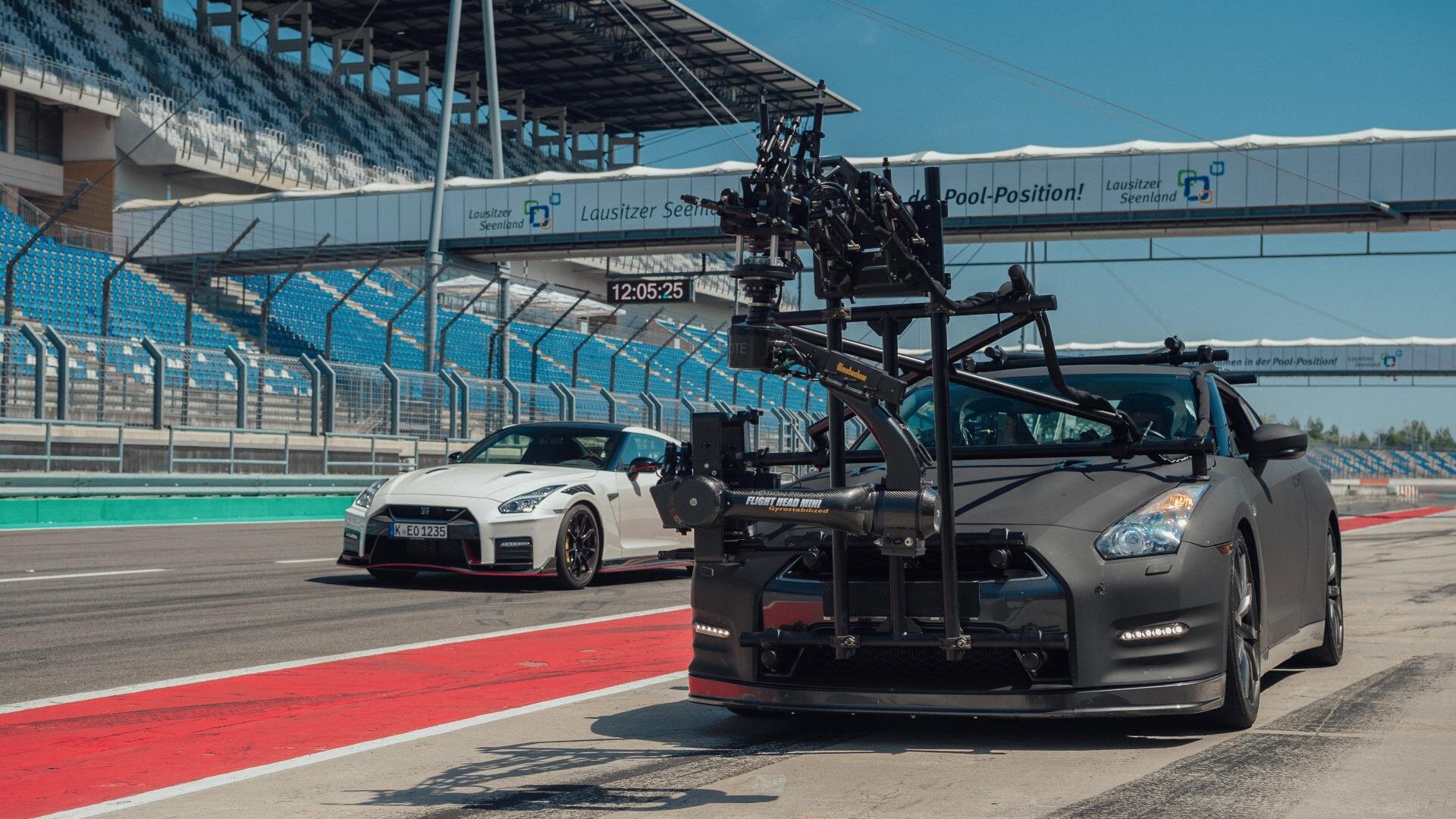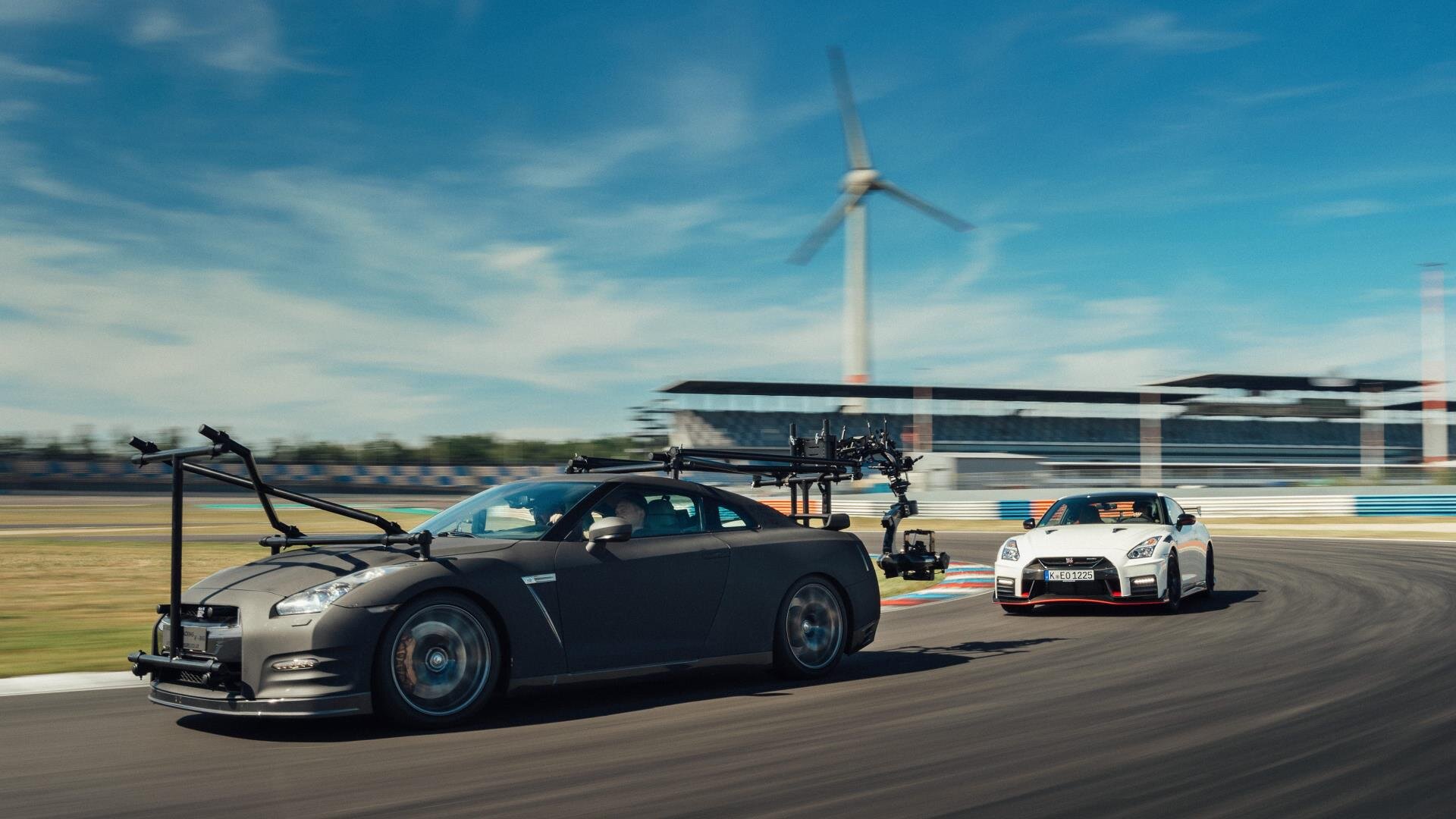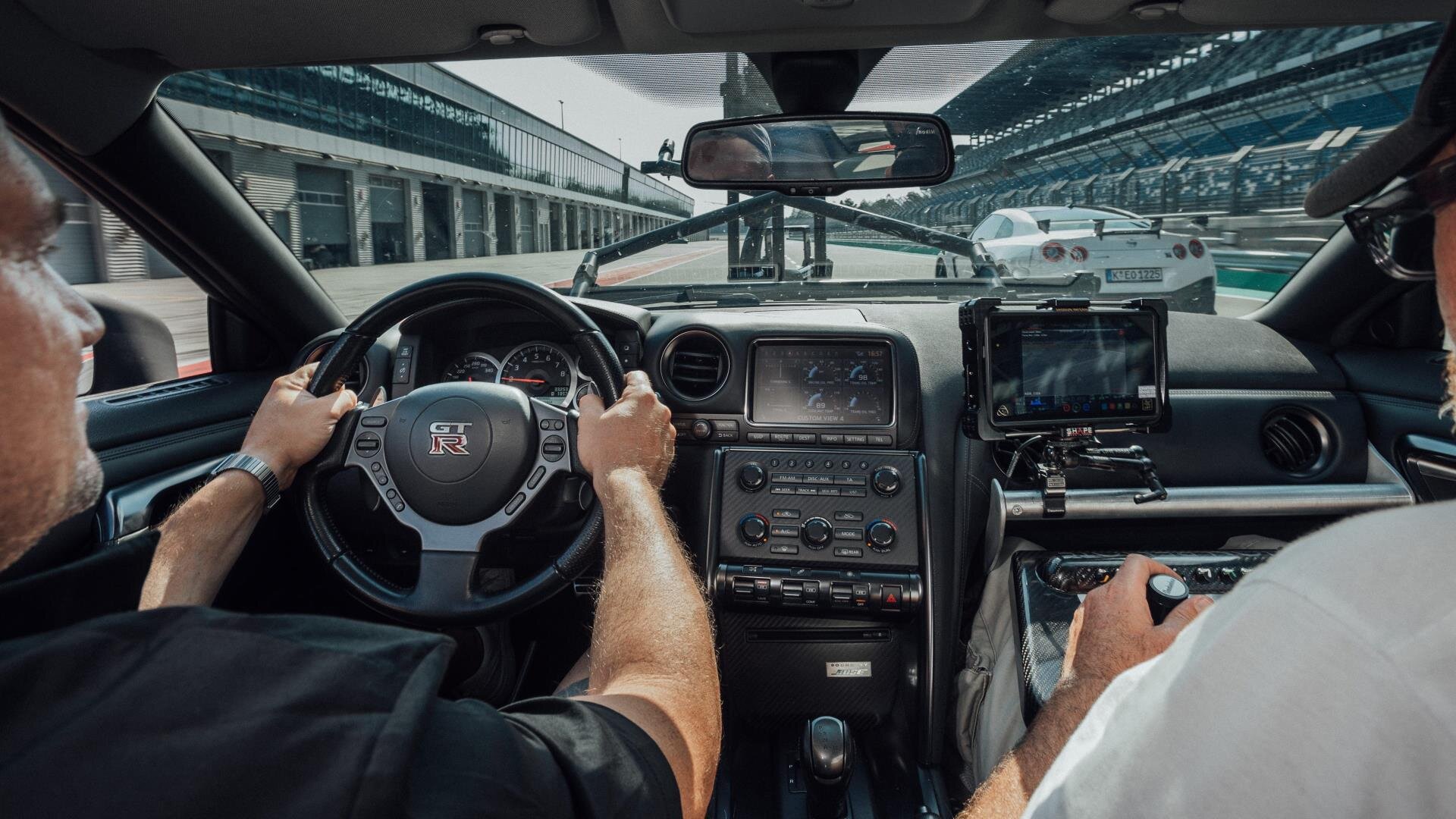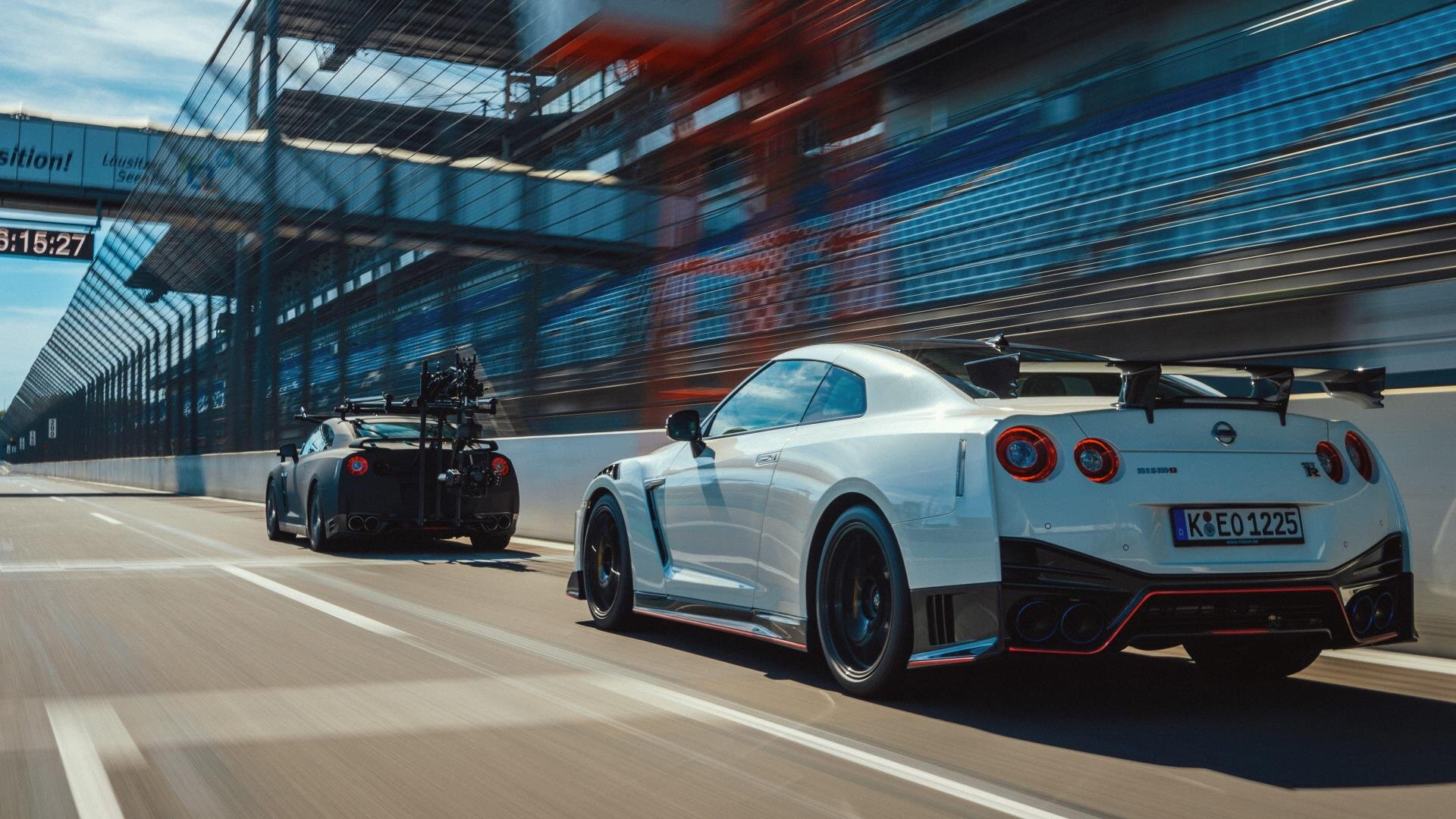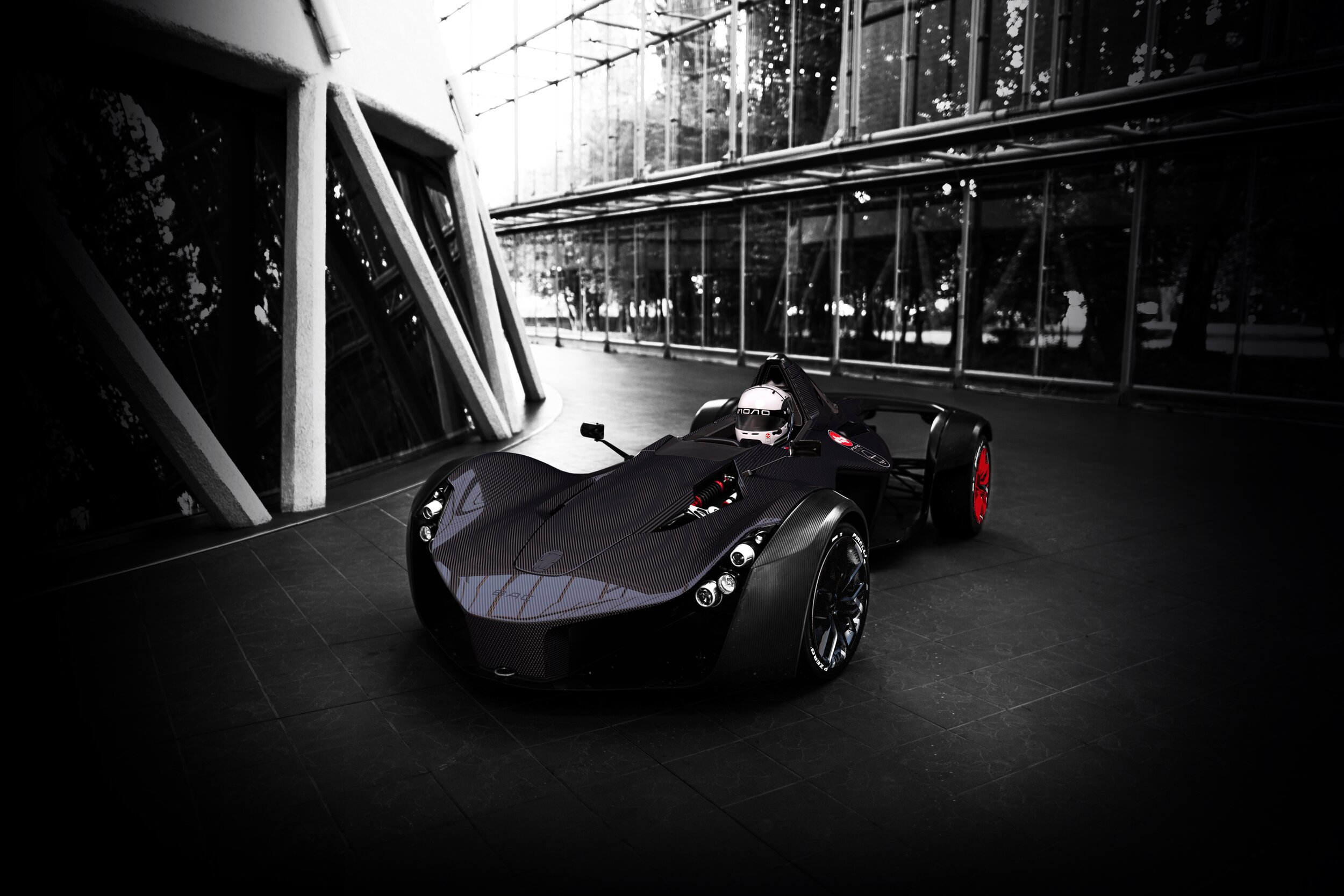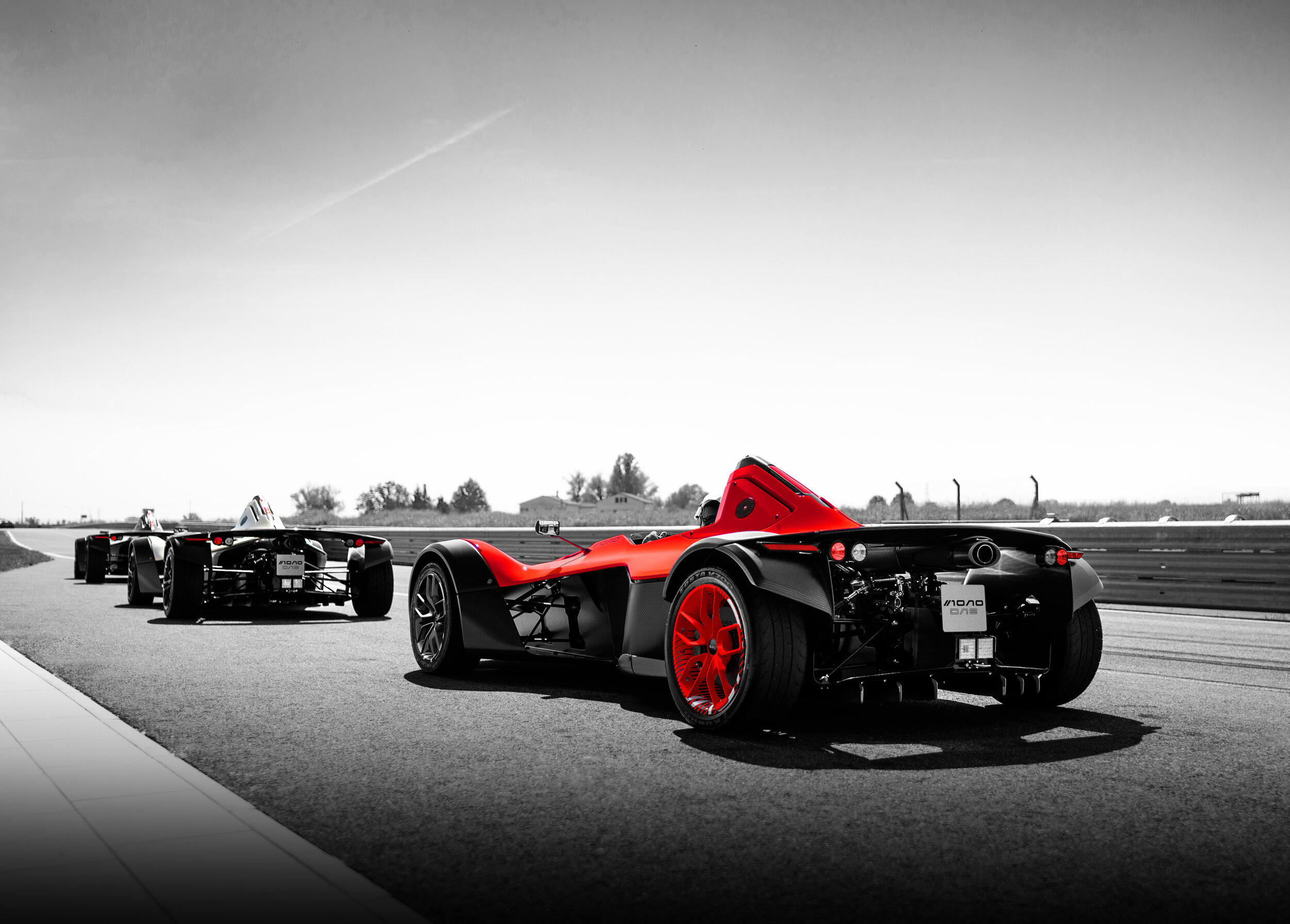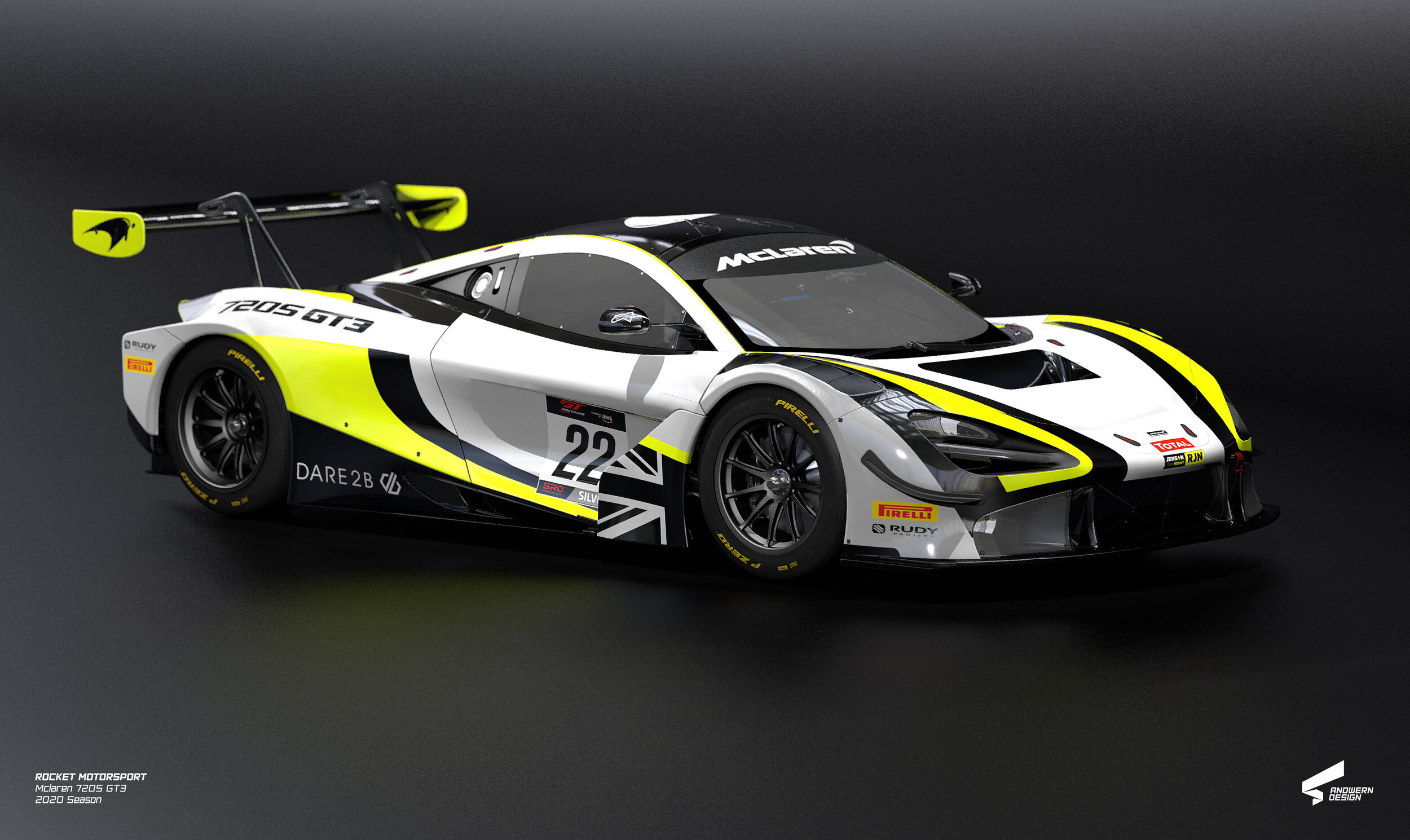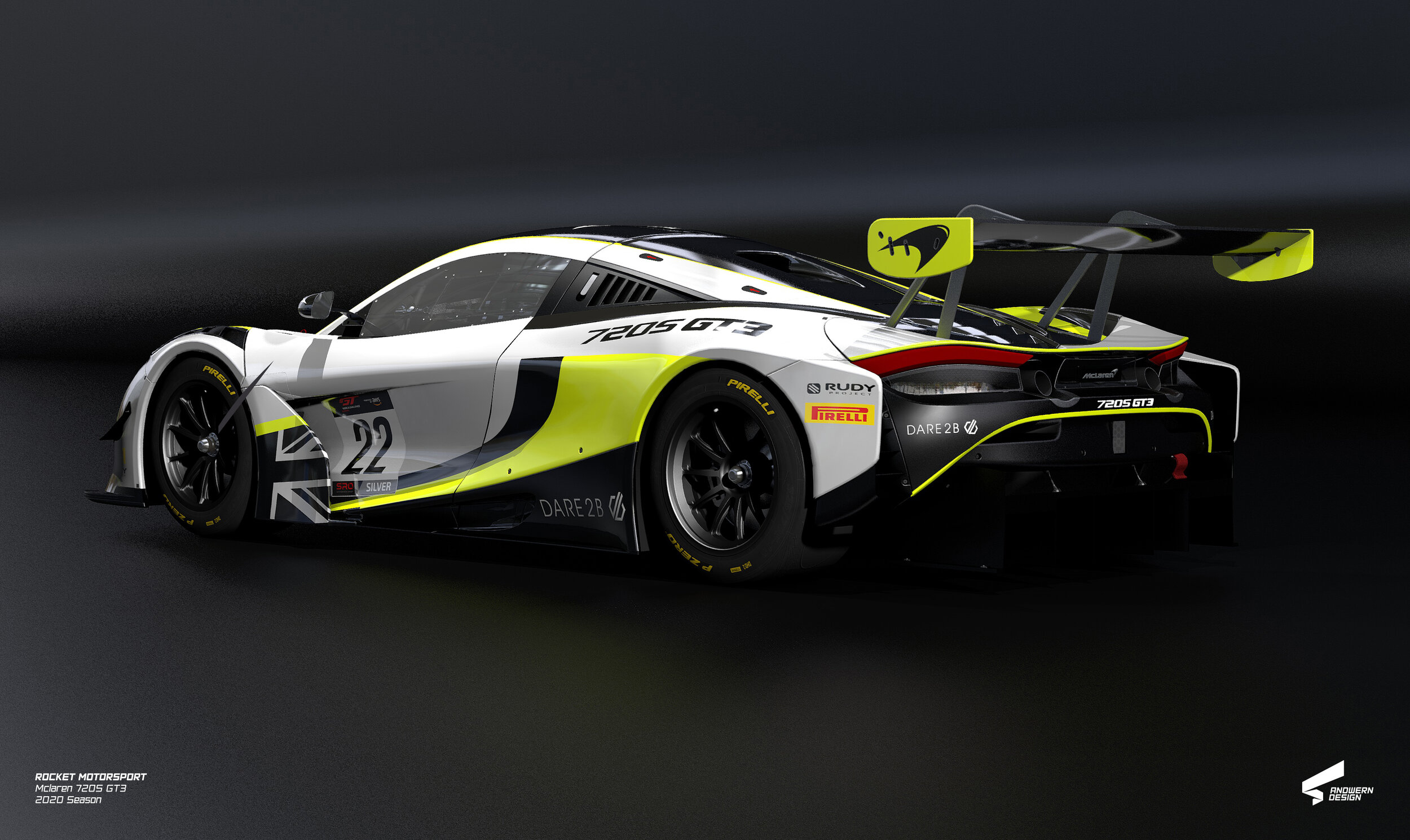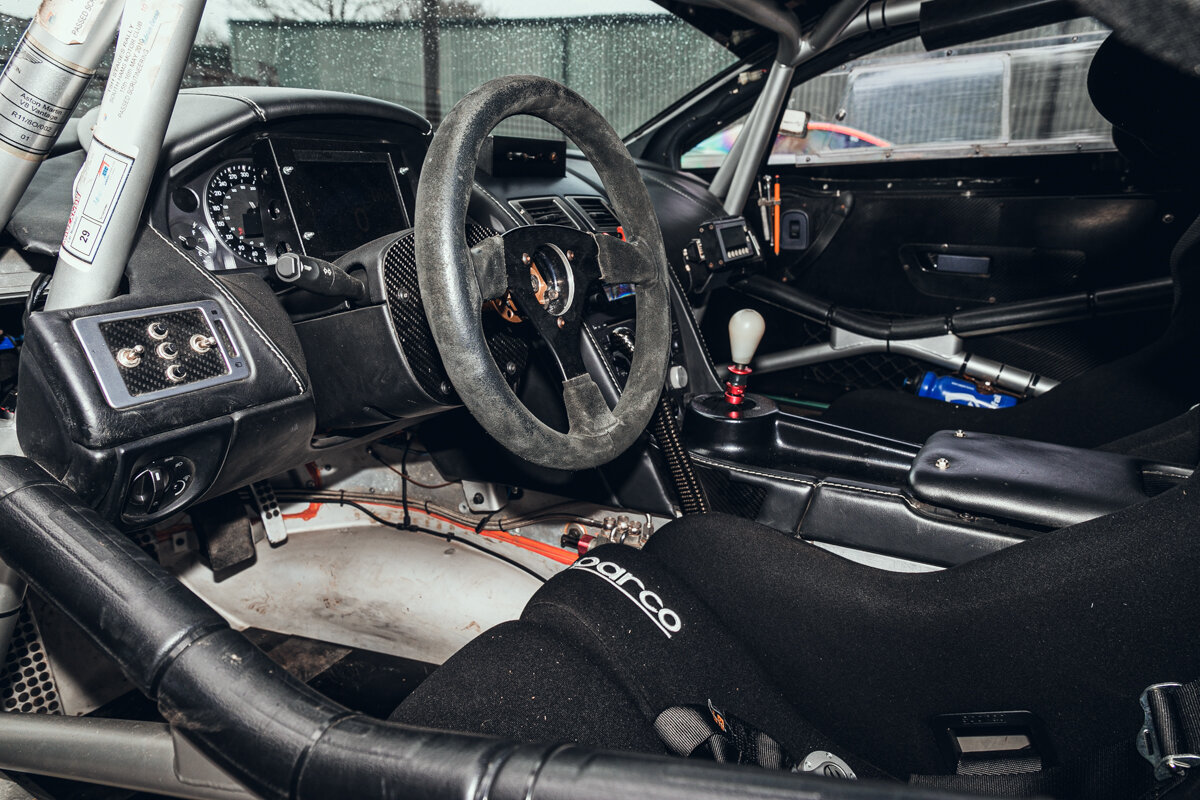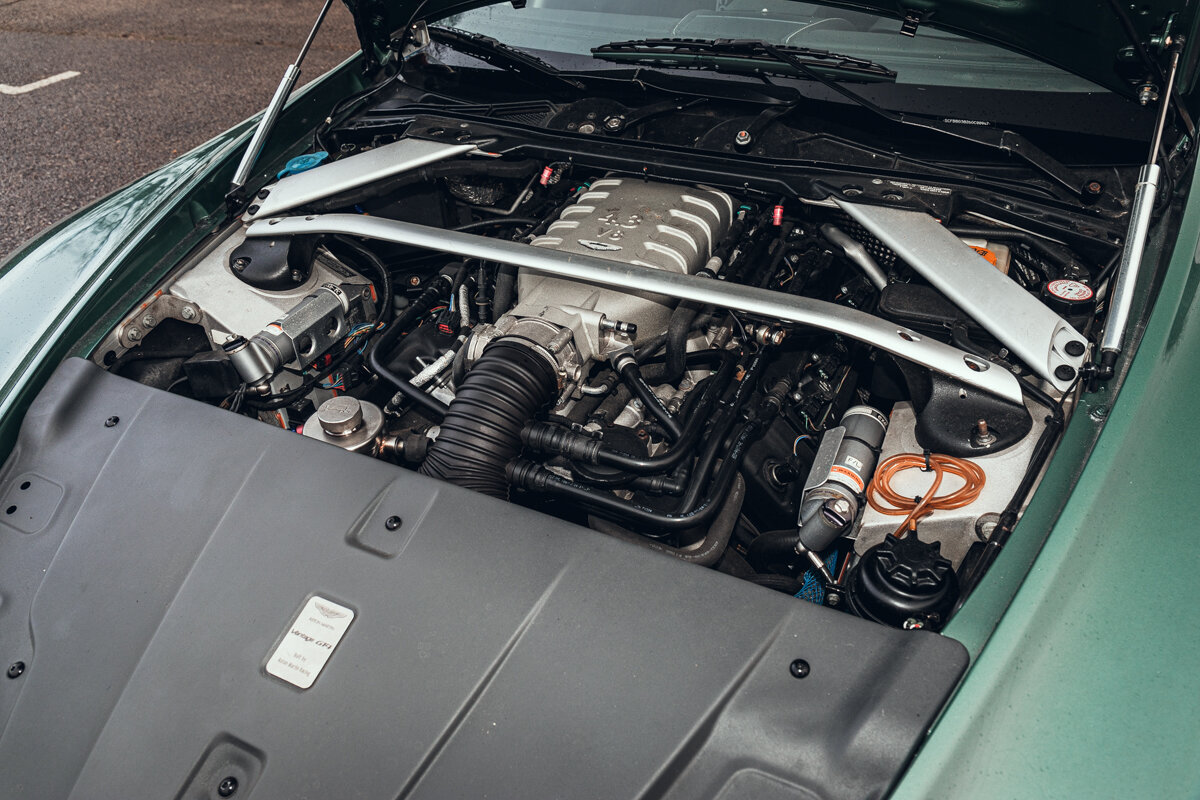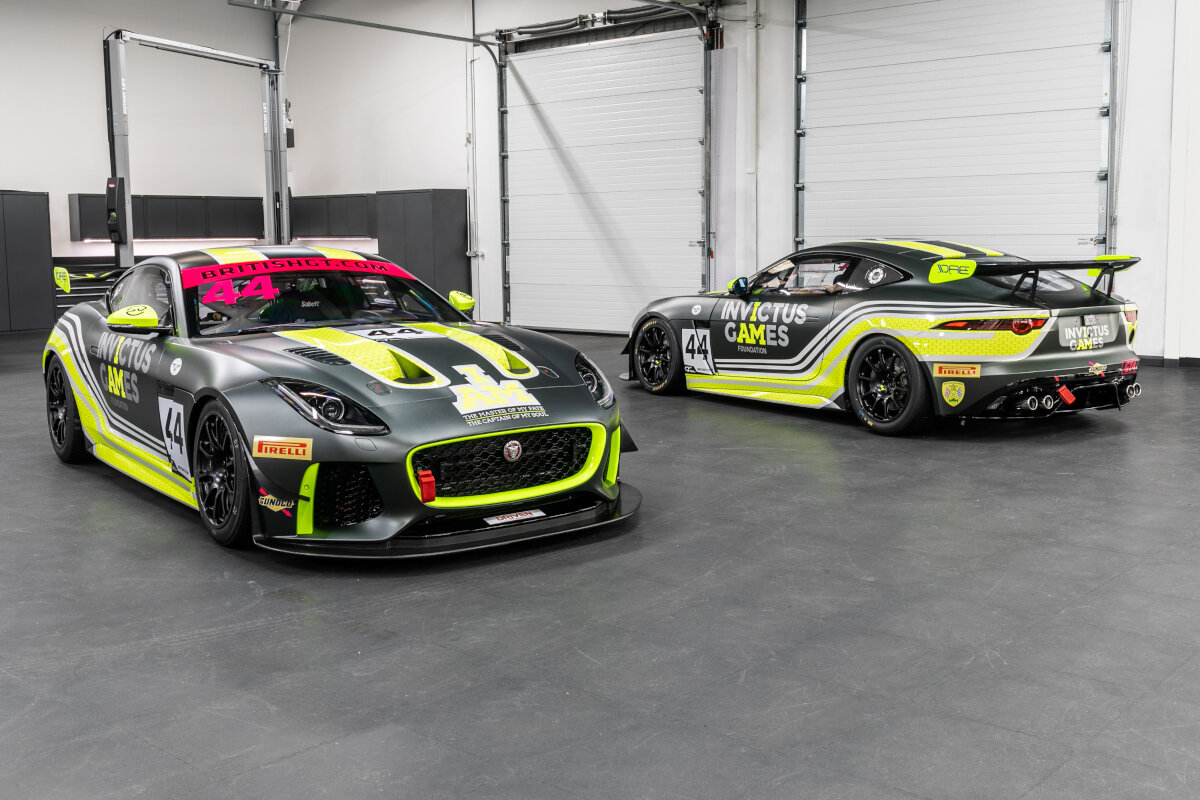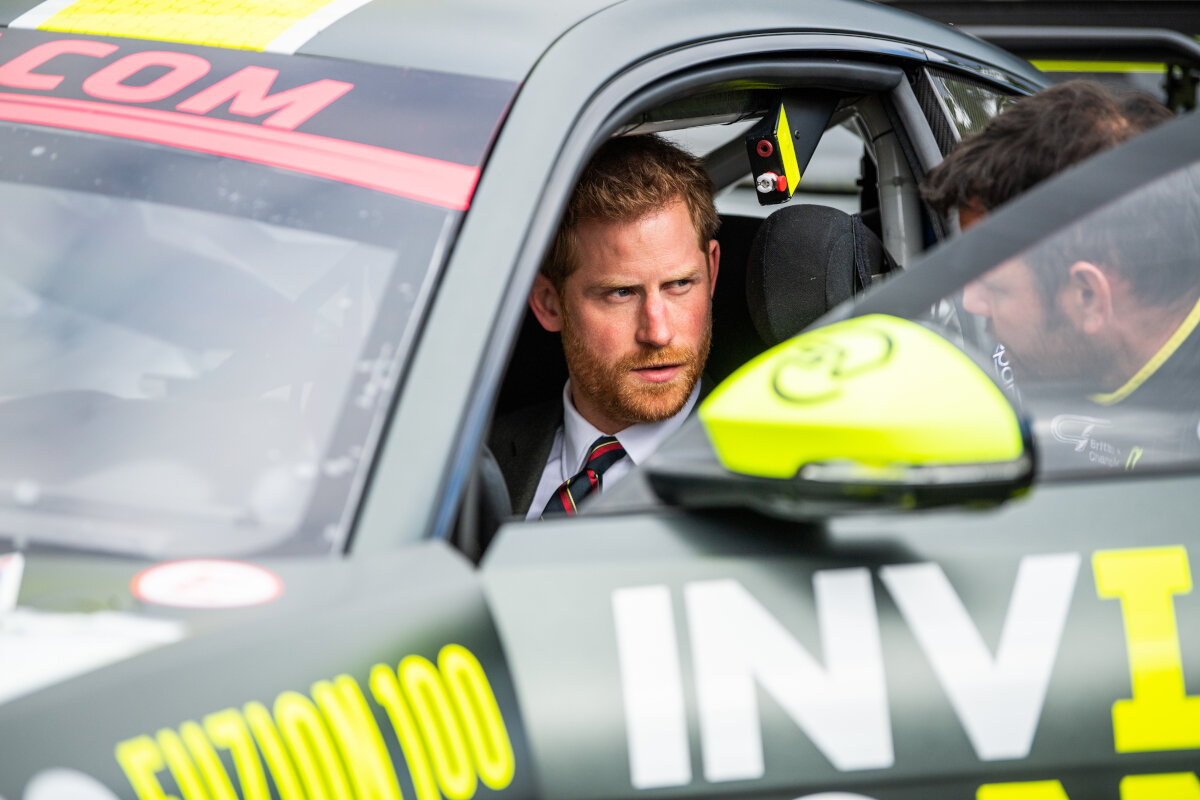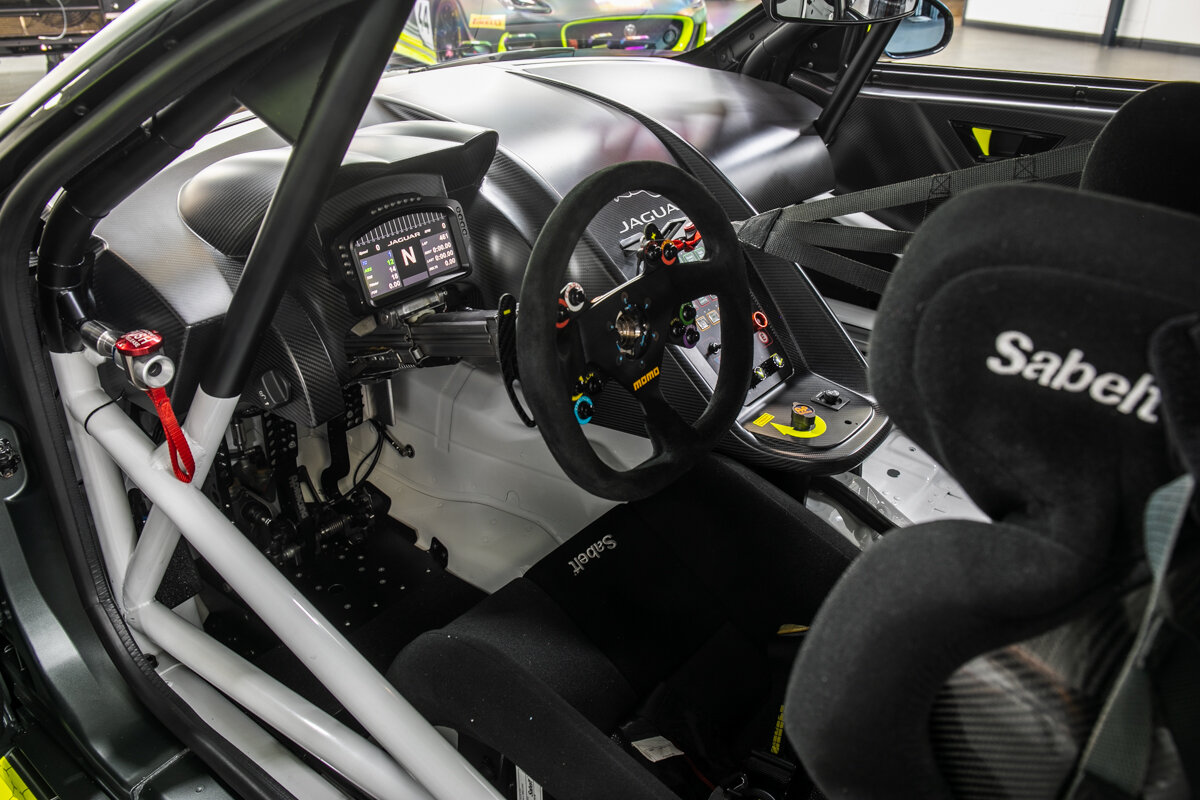The 250th Bugatti Chiron is ready to leave the legendary Atelier
Molsheim, 19th of February 2020 A big day for the little village of Molsheim – a tradition-steeped place and home to the production site of the most exclusive hyper sports cars in the world. Three years after the first client received their brand new Chiron, production has reached its second half. After several weeks of meticulous craftsmanship, the 250th Chiron is ready to be sent out into the world. Furthermore, this Chiron Sport “Edition Noire Sportive” will be given a place of honor at the International Motor Show in Geneva.
To the brand’s president Stephan Winkelmann, this event also holds special significance: “After a year full of records, this 250th Chiron represents the cornerstone for another year of extraordinary accomplishments. Every single Chiron has proven that we are rightfully standing at the pinnacle of automotive craftsmanship.”
The French luxury brand astonished car enthusiasts all over the world with the Chiron in Geneva 2016 – and the hyper sports car still remains in great demand. With 250 cars produced and more than 150 already paid for, fewer than 100 units are still available for sale. The iconic 8.0-liter 16-cylinder engine with up to 1,600 hp represents the highest level of engineering artistry. Besides its impressive performance, the Chiron offers the utmost comfort and ease of driving as well as perhaps the strongest representation of true luxury: peerless exclusivity.
In the heart of the same site where once Ettore Bugatti, founder of the emblematic brand, sought inspiration, every car is created as a unique specimen, thanks to the engineers’ great expertise, attention to detail, and impressive technical sophistication – the Haute Couture of the automotive industry. Christophe Piochon, member of the board at Bugatti Automobiles S.A.S, is proud of this milestone in the history of the brand: „I feel honored to lead such an excellent and dedicated team, and I thank each and every member for their amazing work. One never gets used to the incredible feeling of seeing another Chiron leave our Atelier. Each vehicle is unique, in no way comparable to a fellow member of the Chiron family.“



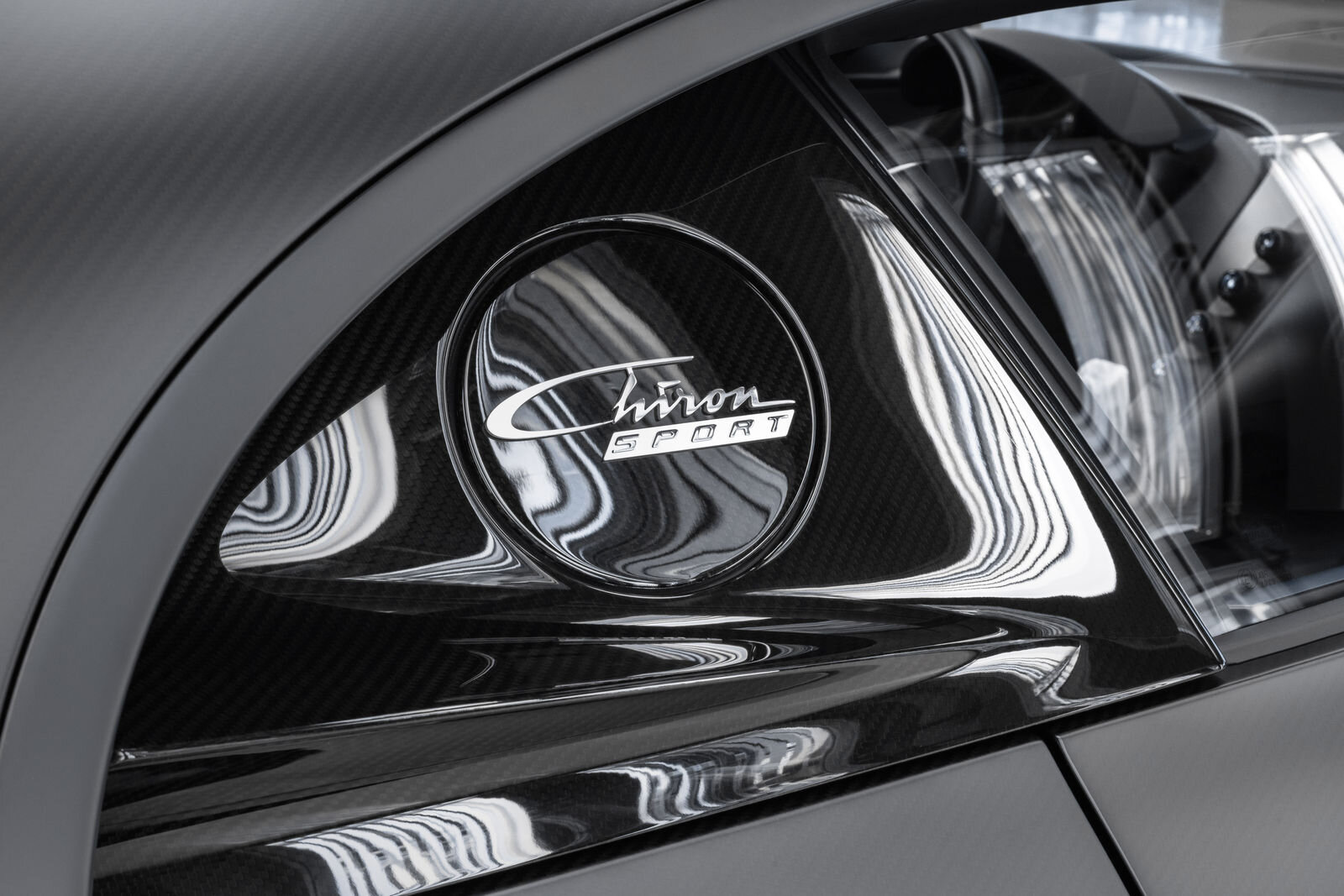
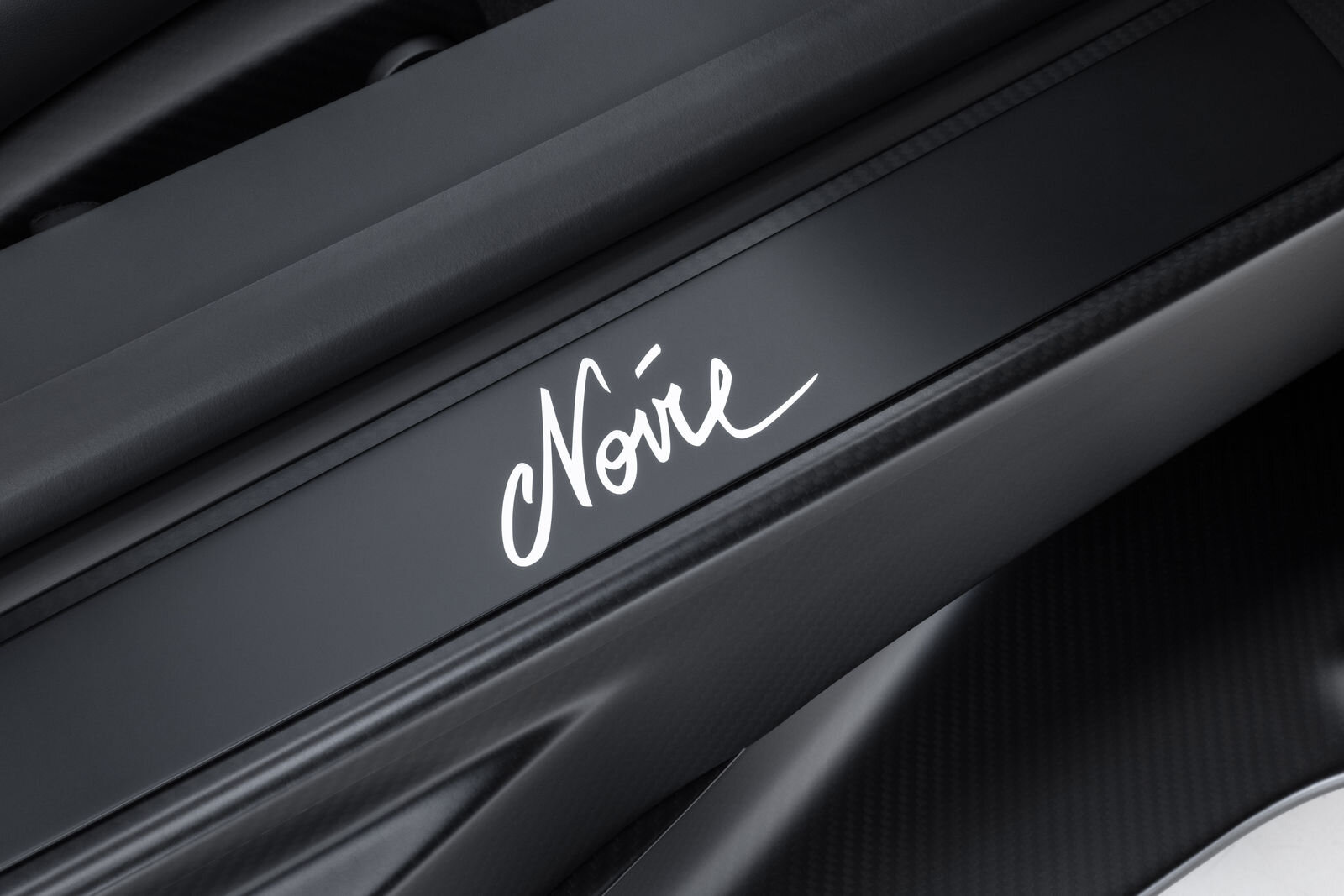


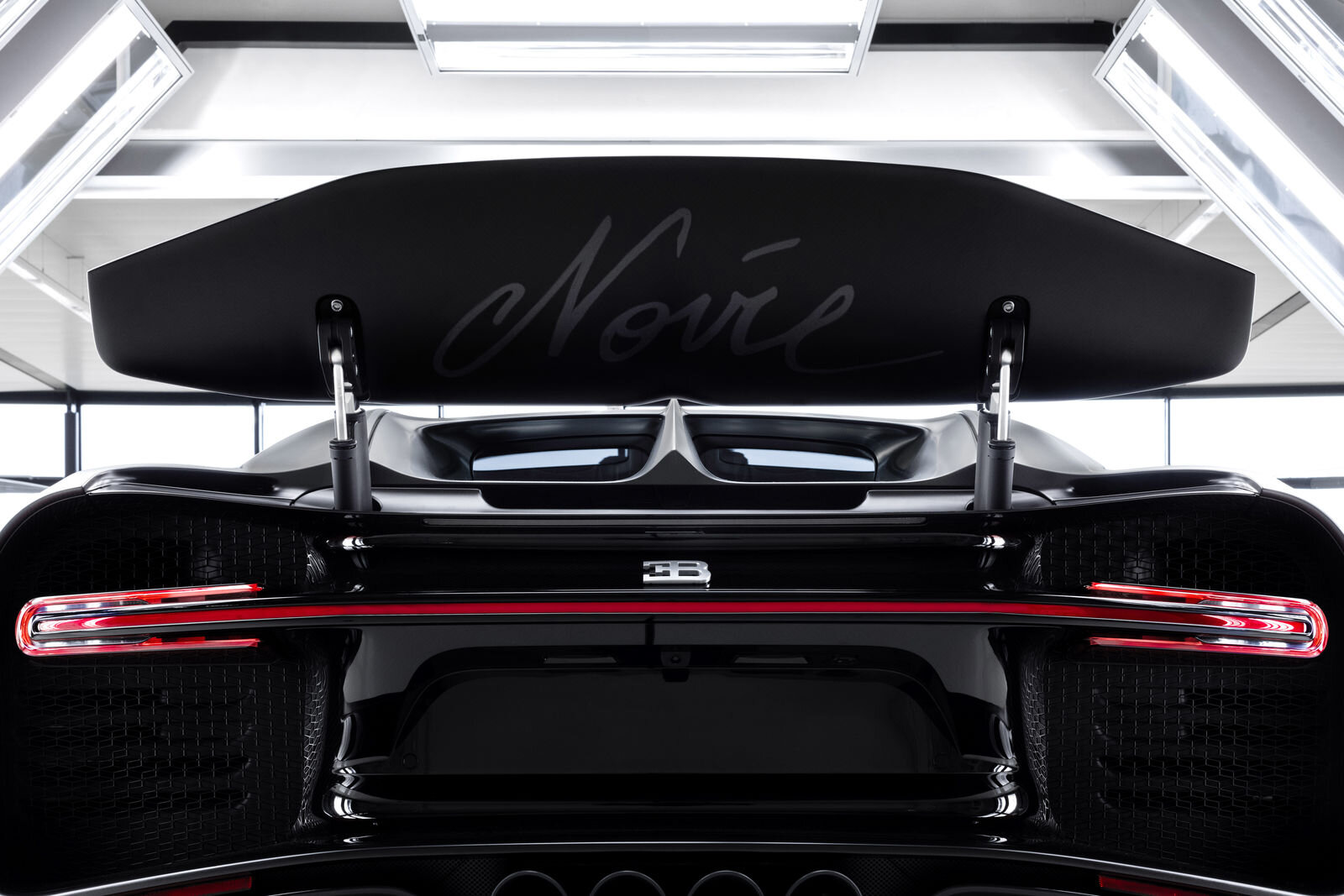
Only at Bugatti, elegance meets power, tradition meets technical excellence, and uniqueness meets worldwide admiration. “Every Chiron that has left our Atelier in the past three years is a technological masterpiece. This also applies to the 250th specimen. Reaching this mark in such a short amount of time is an amazing accomplishment that fills me with pride. I am looking forward to the second half of the production cycle”, says Stephan Winkelmann.
This 250th Chiron is not only distinctive due to its role in marking the end of the first half of the production cycle. It will also adorn the Bugatti stand at the Geneva International Motor Show at the beginning of March, where clients and invited guests will have the opportunity to admire it in the configuration room for the duration of the event.








